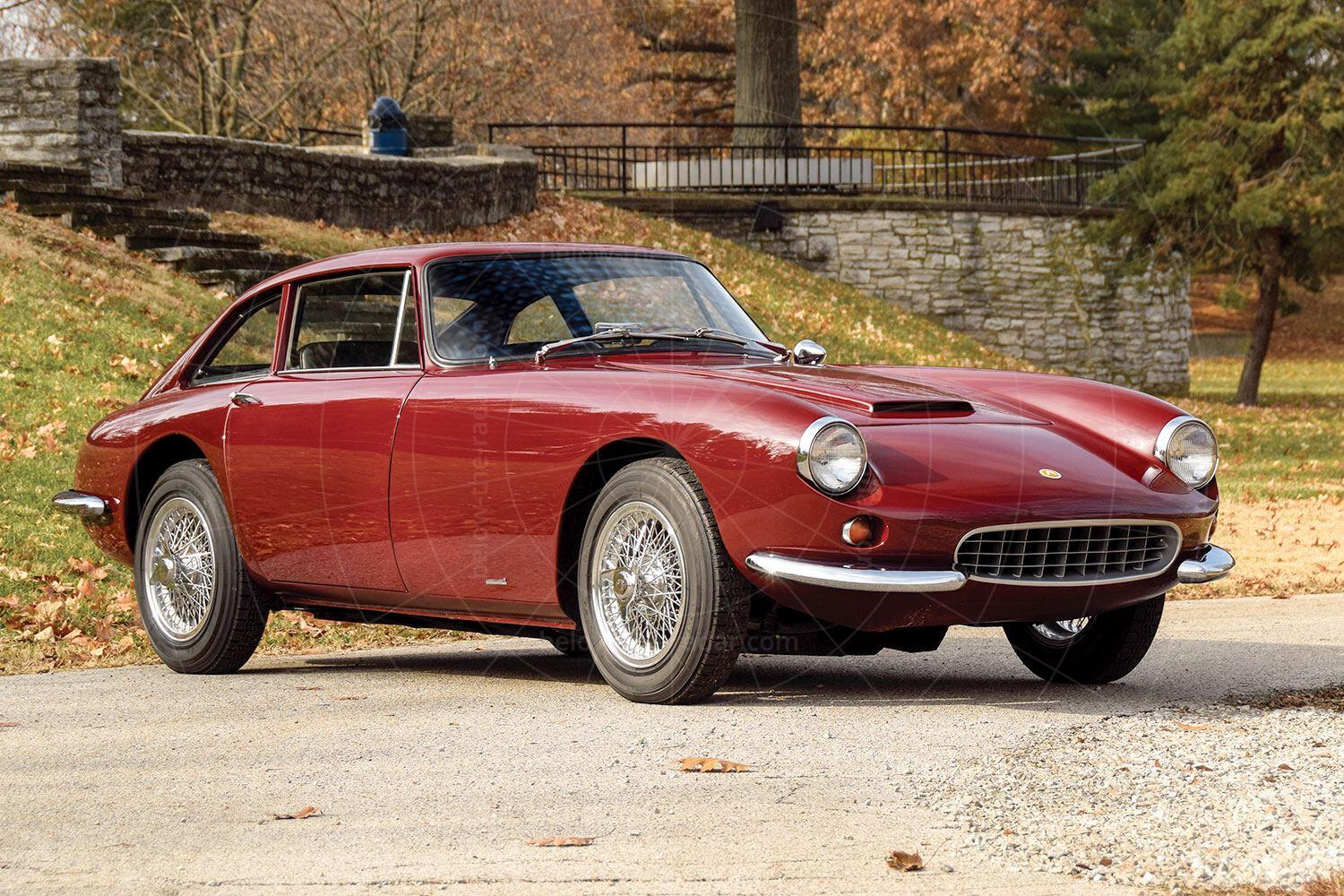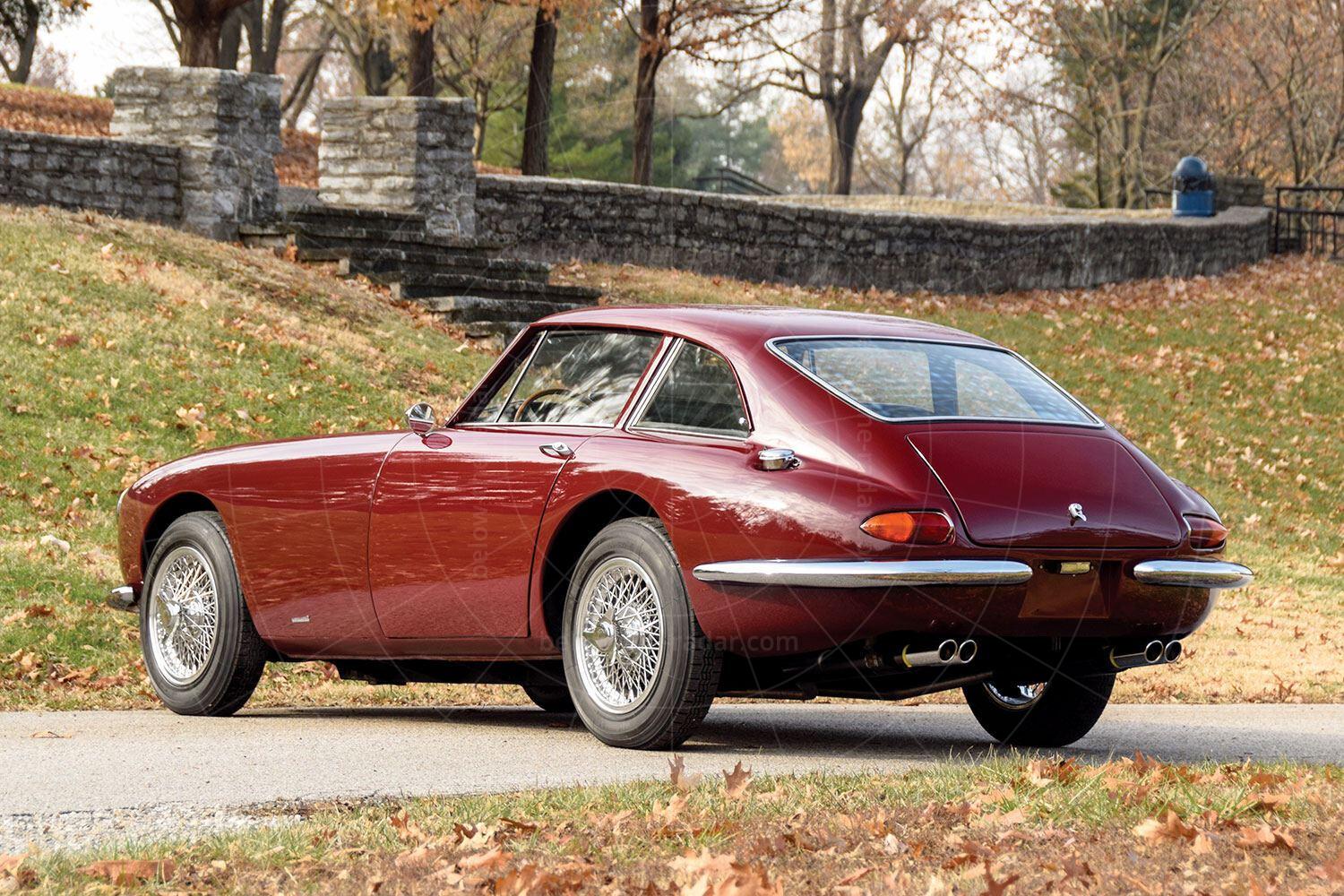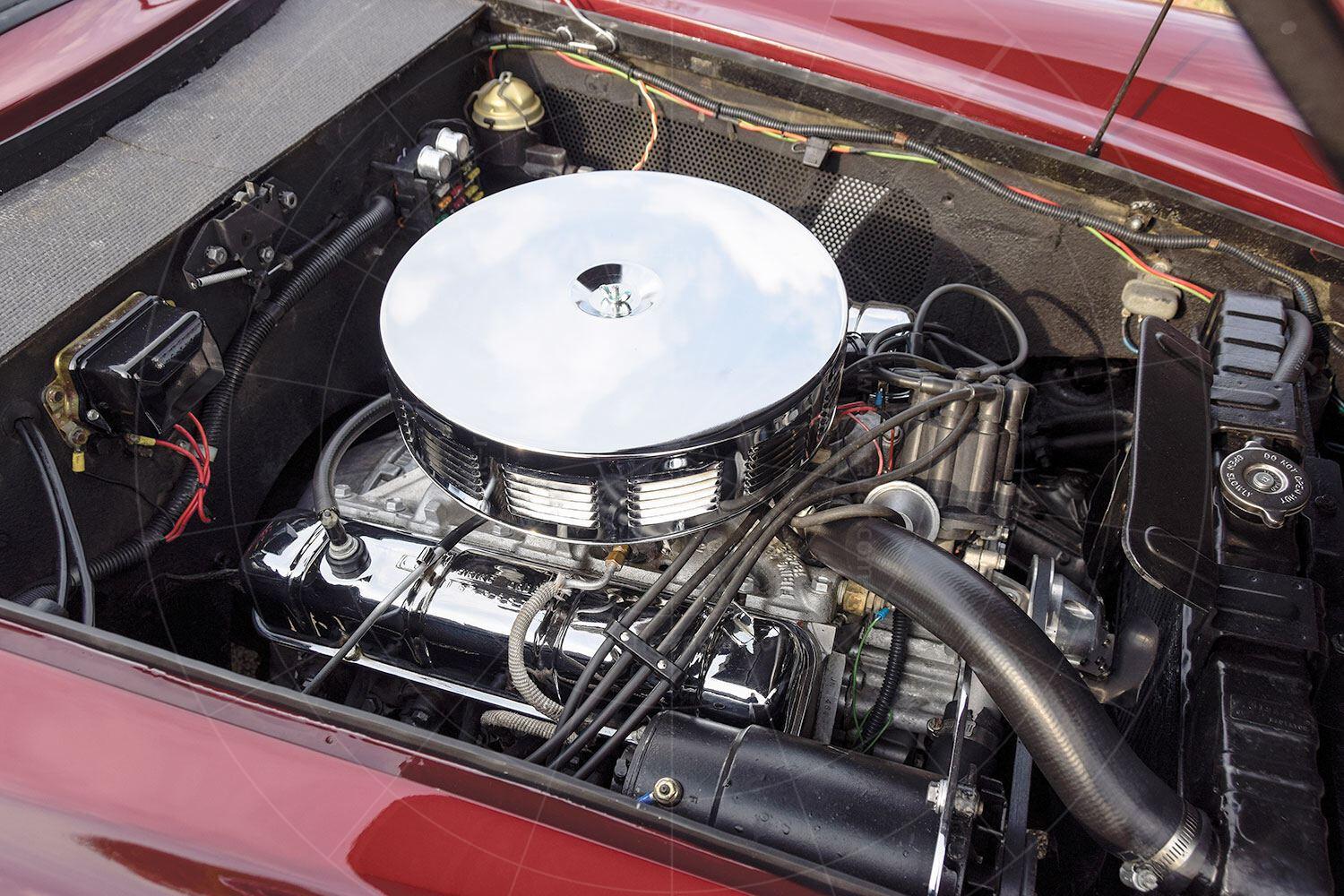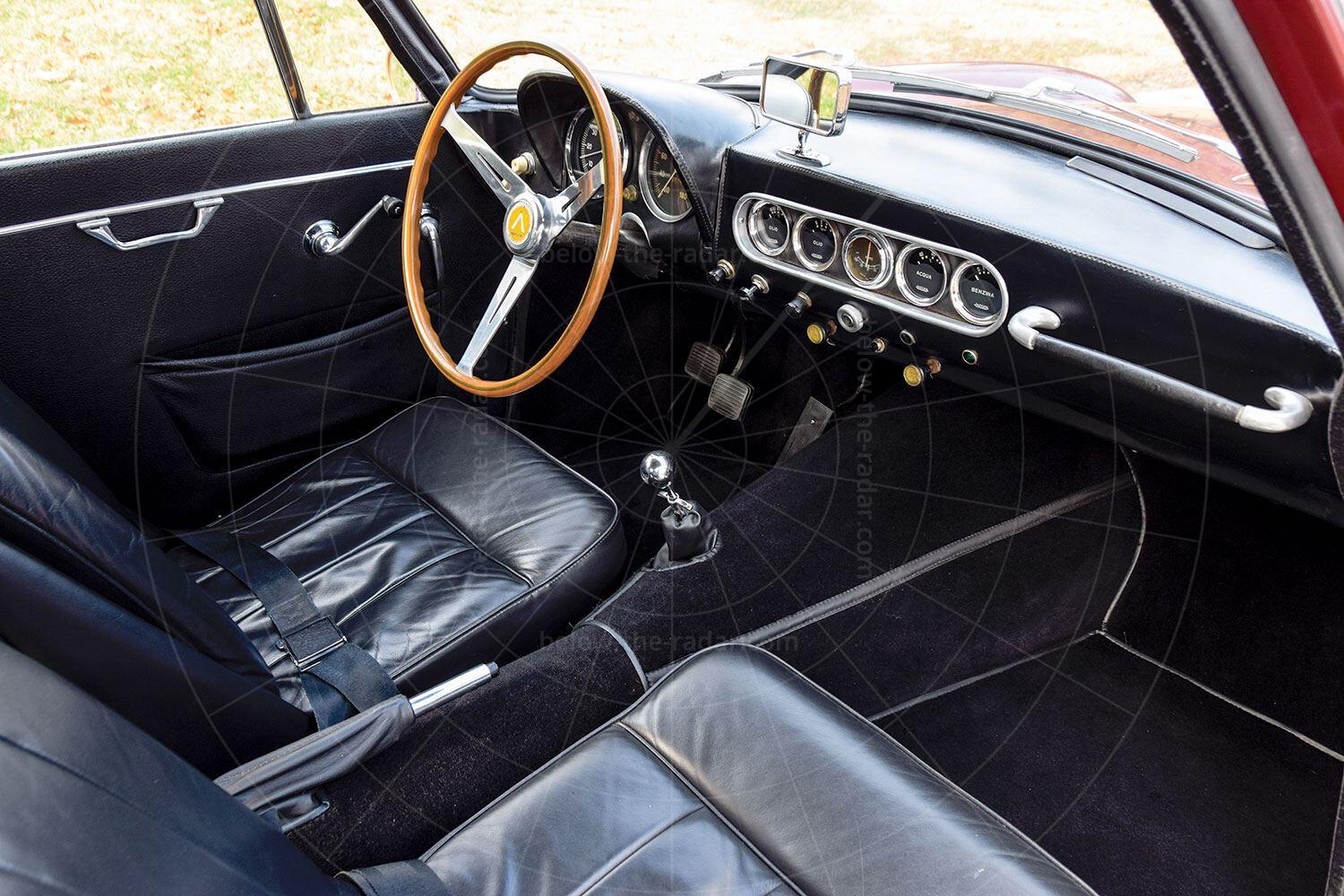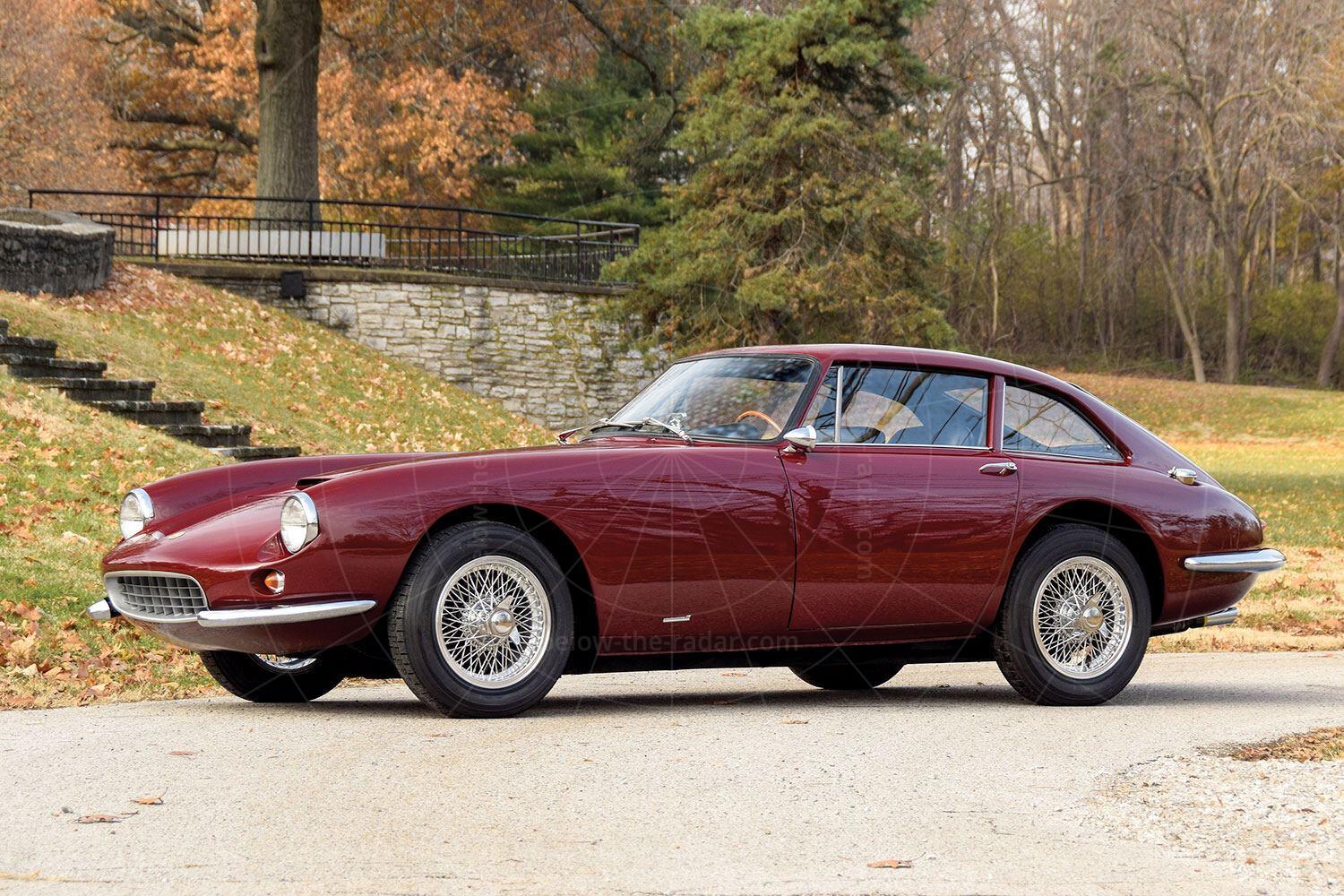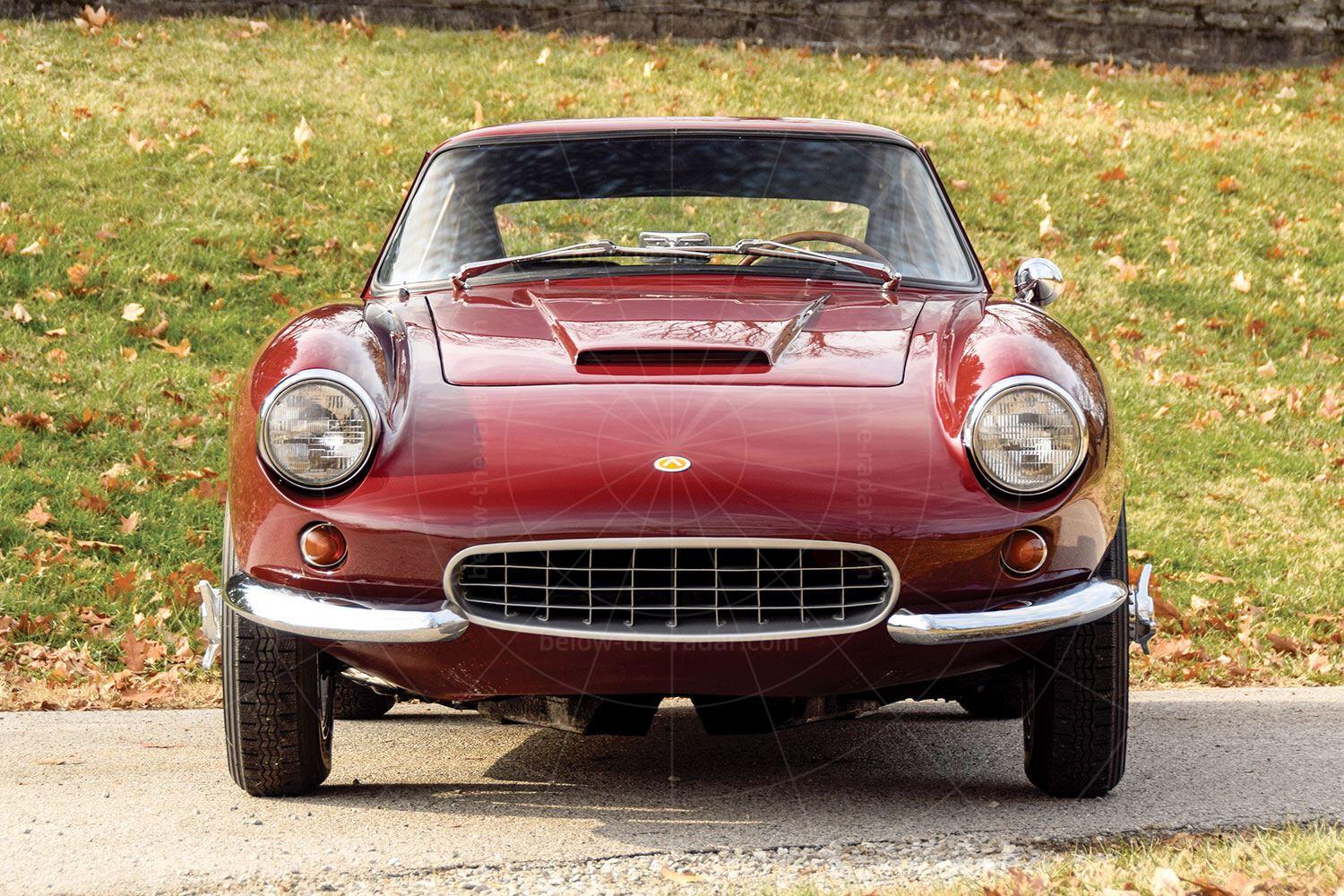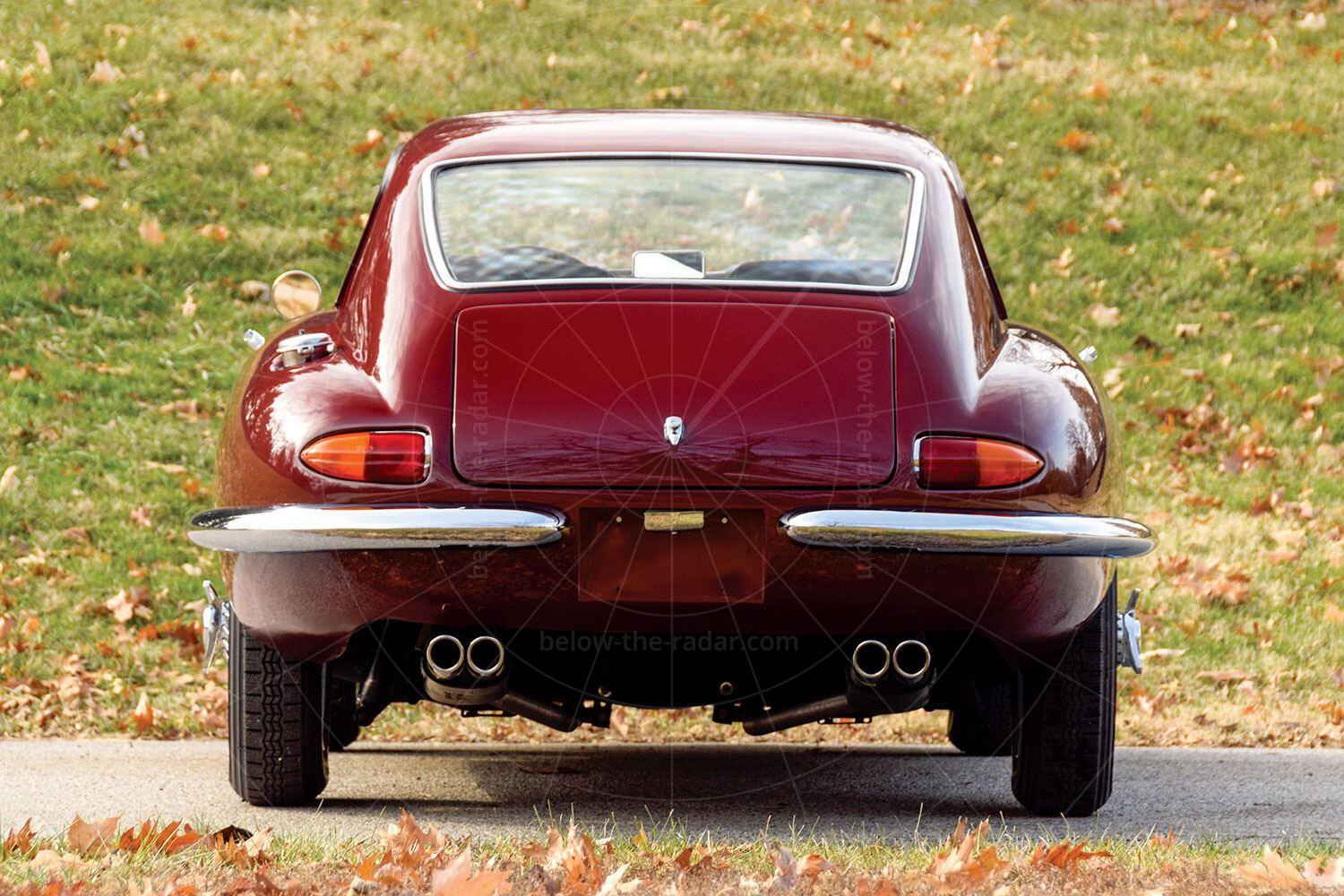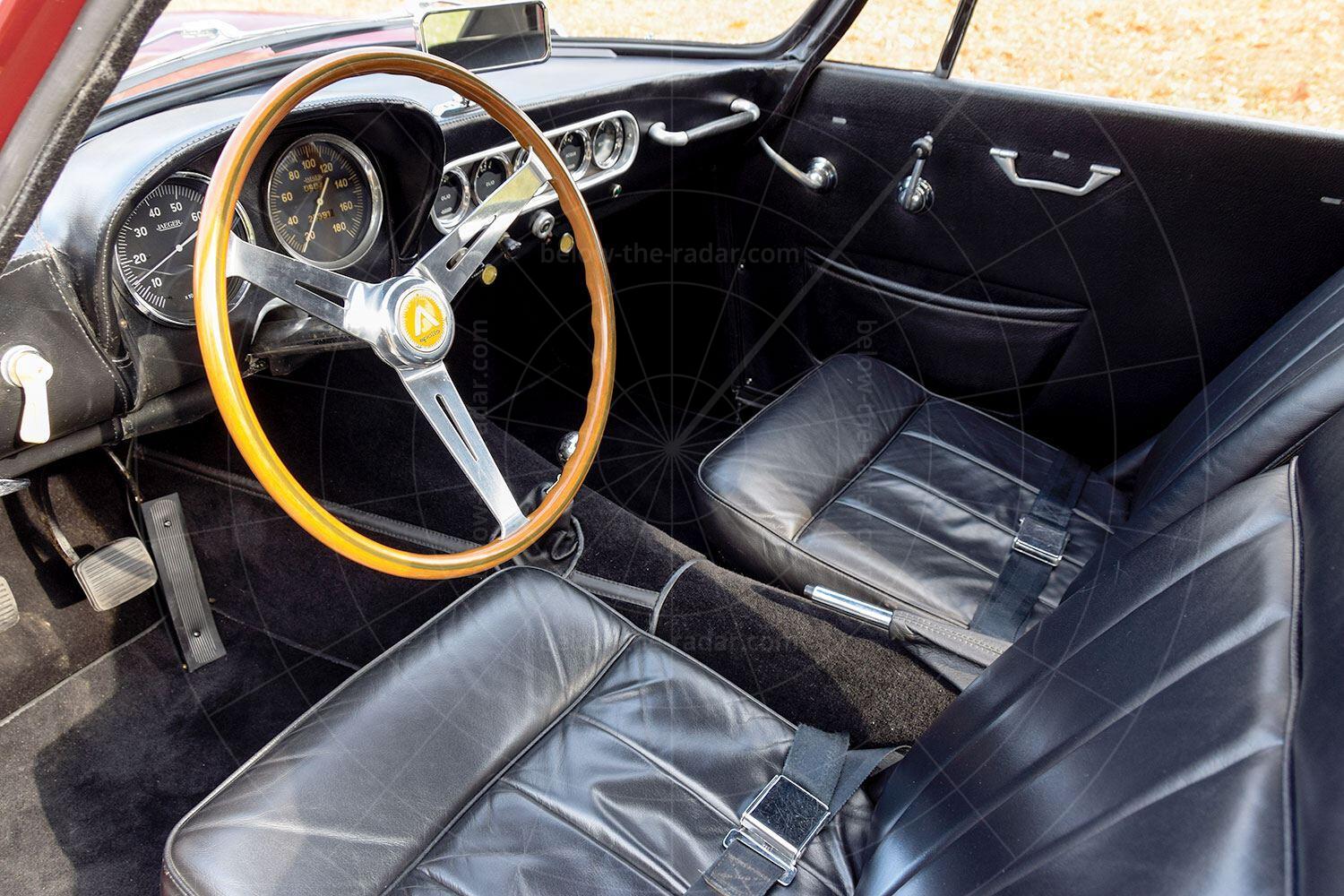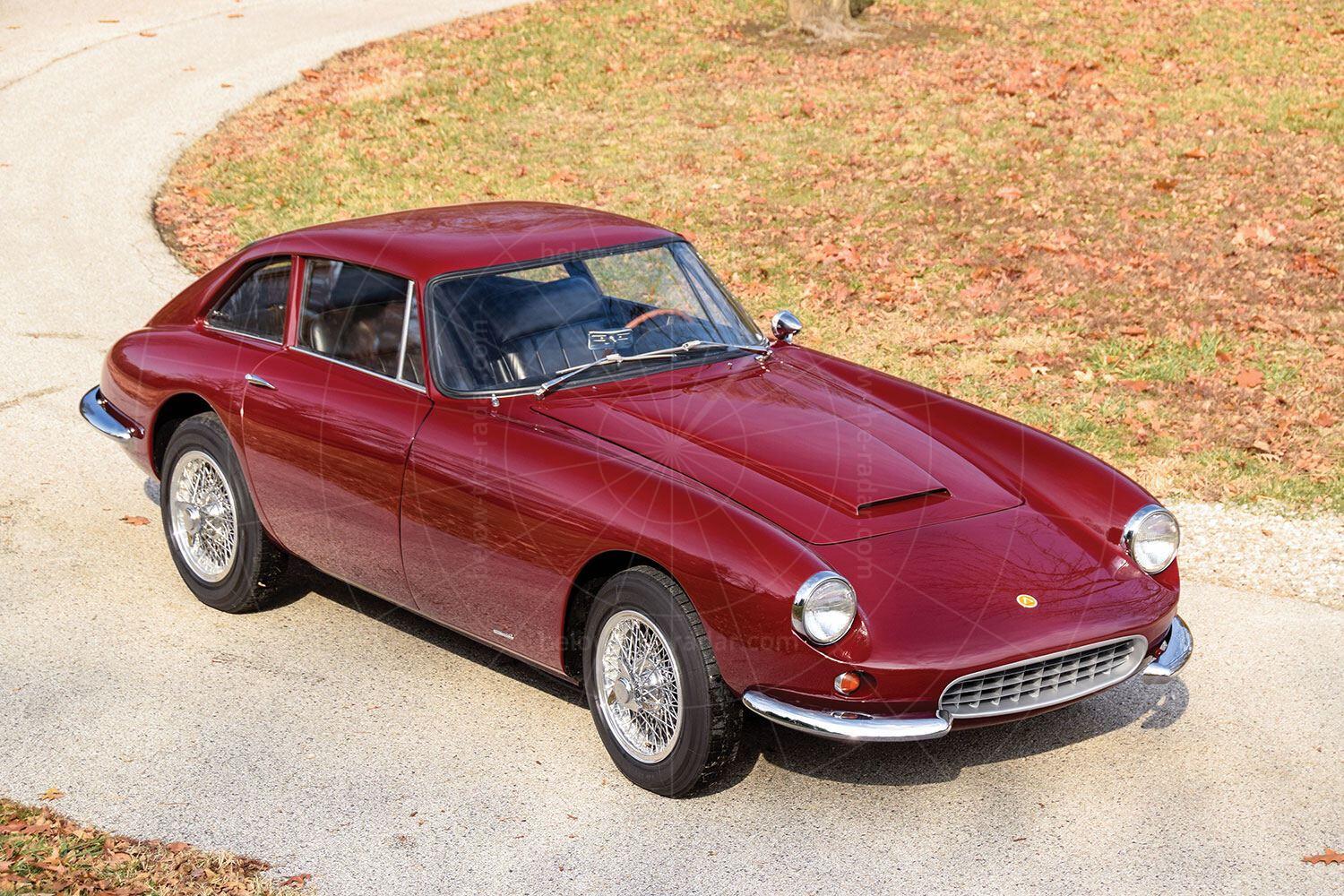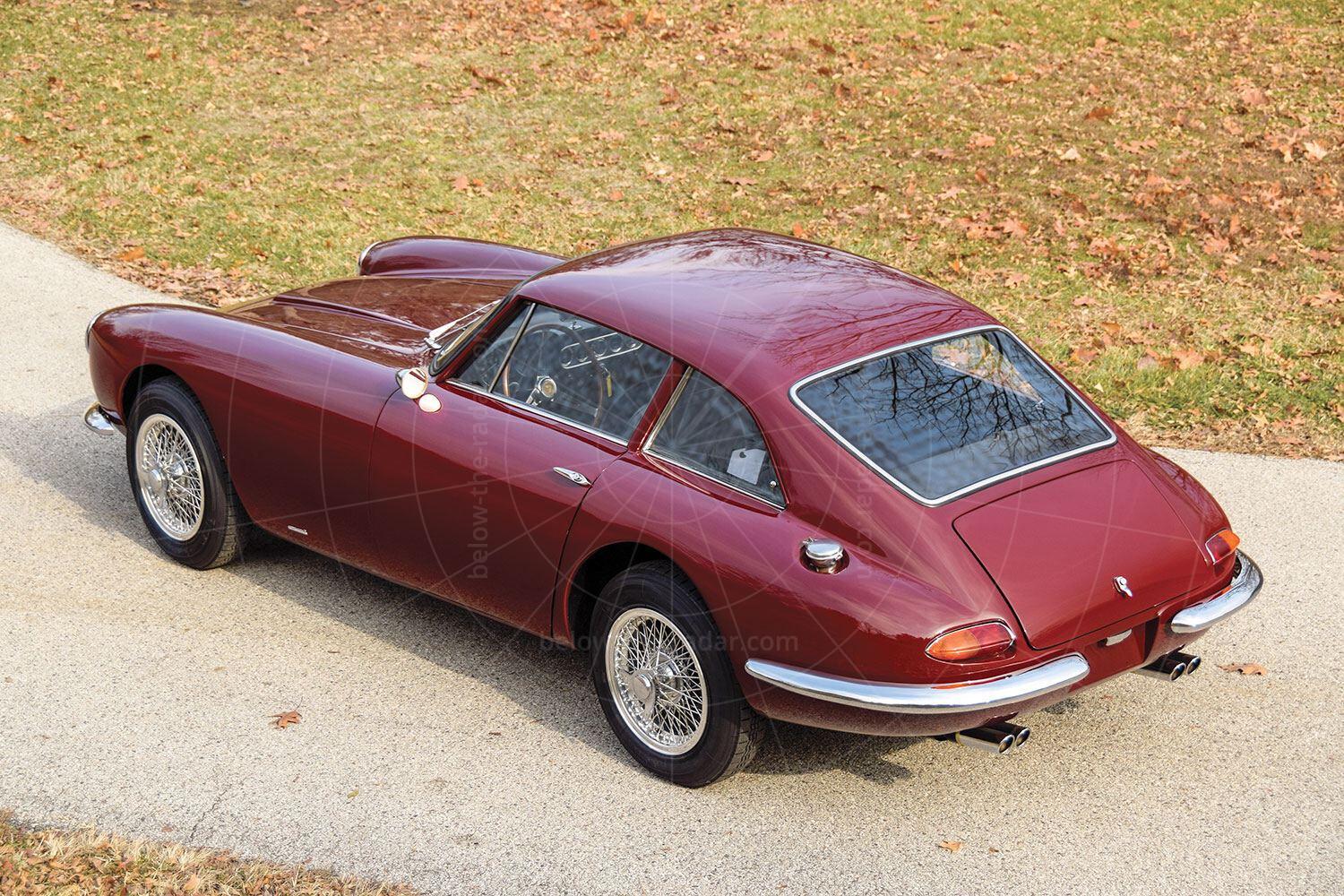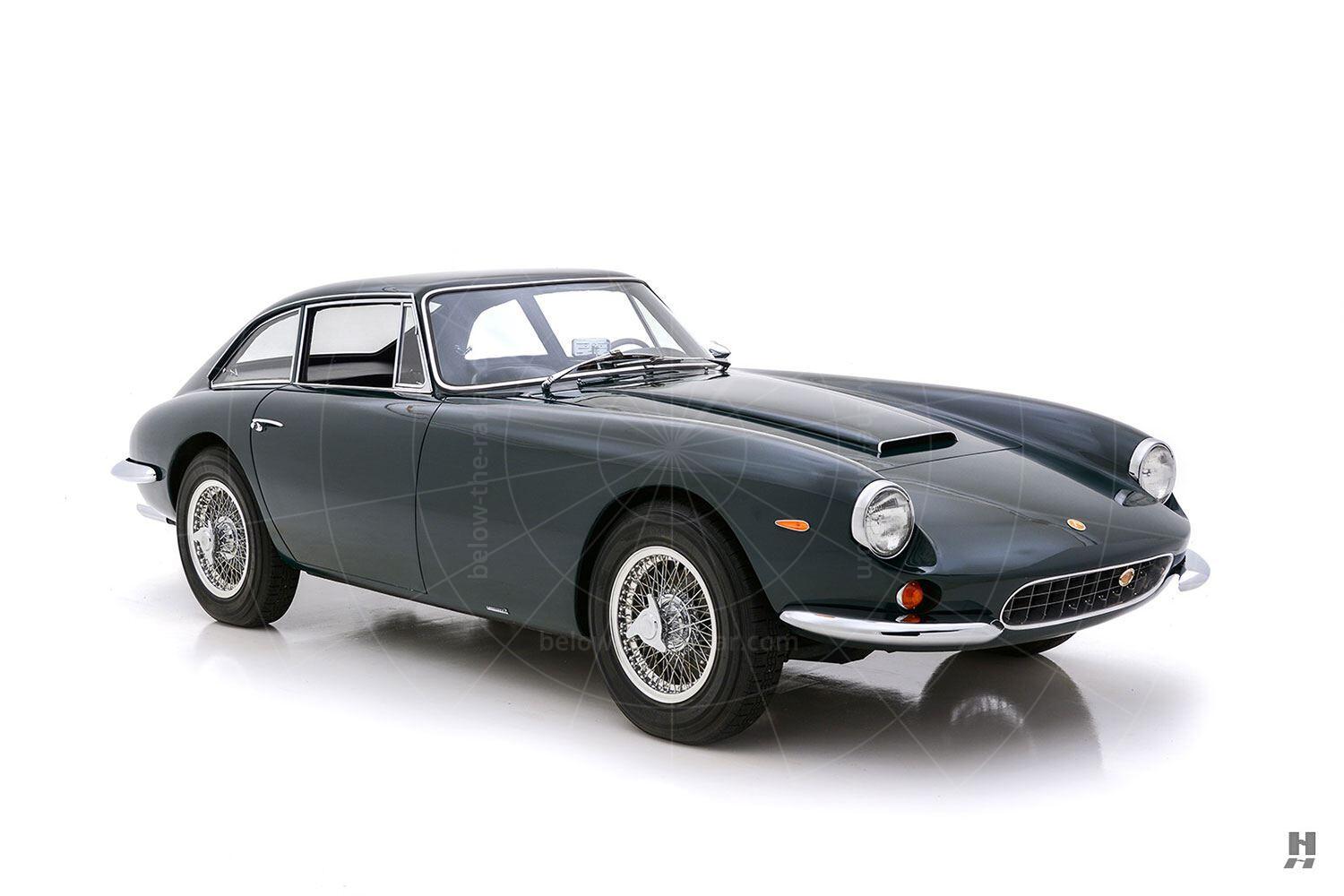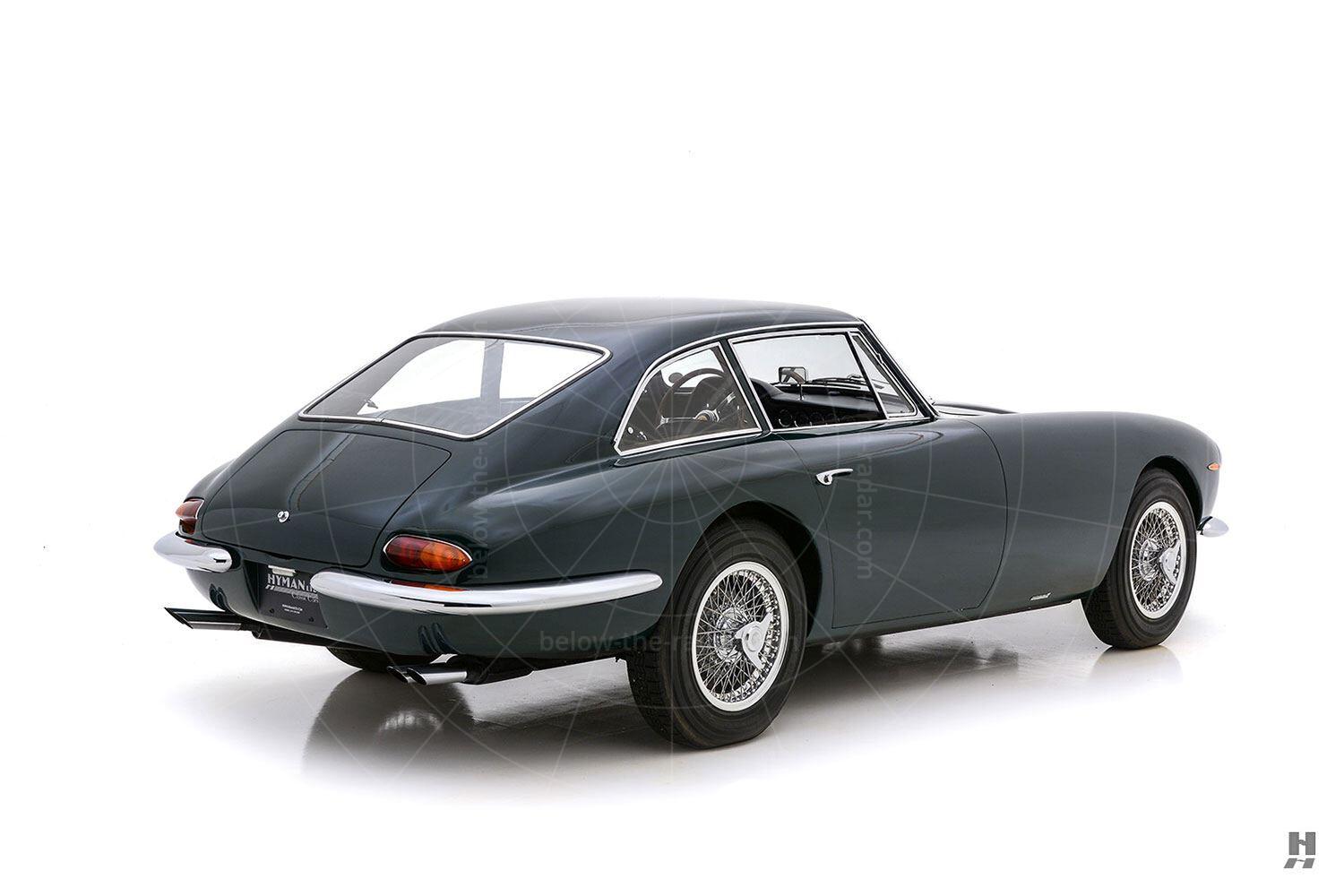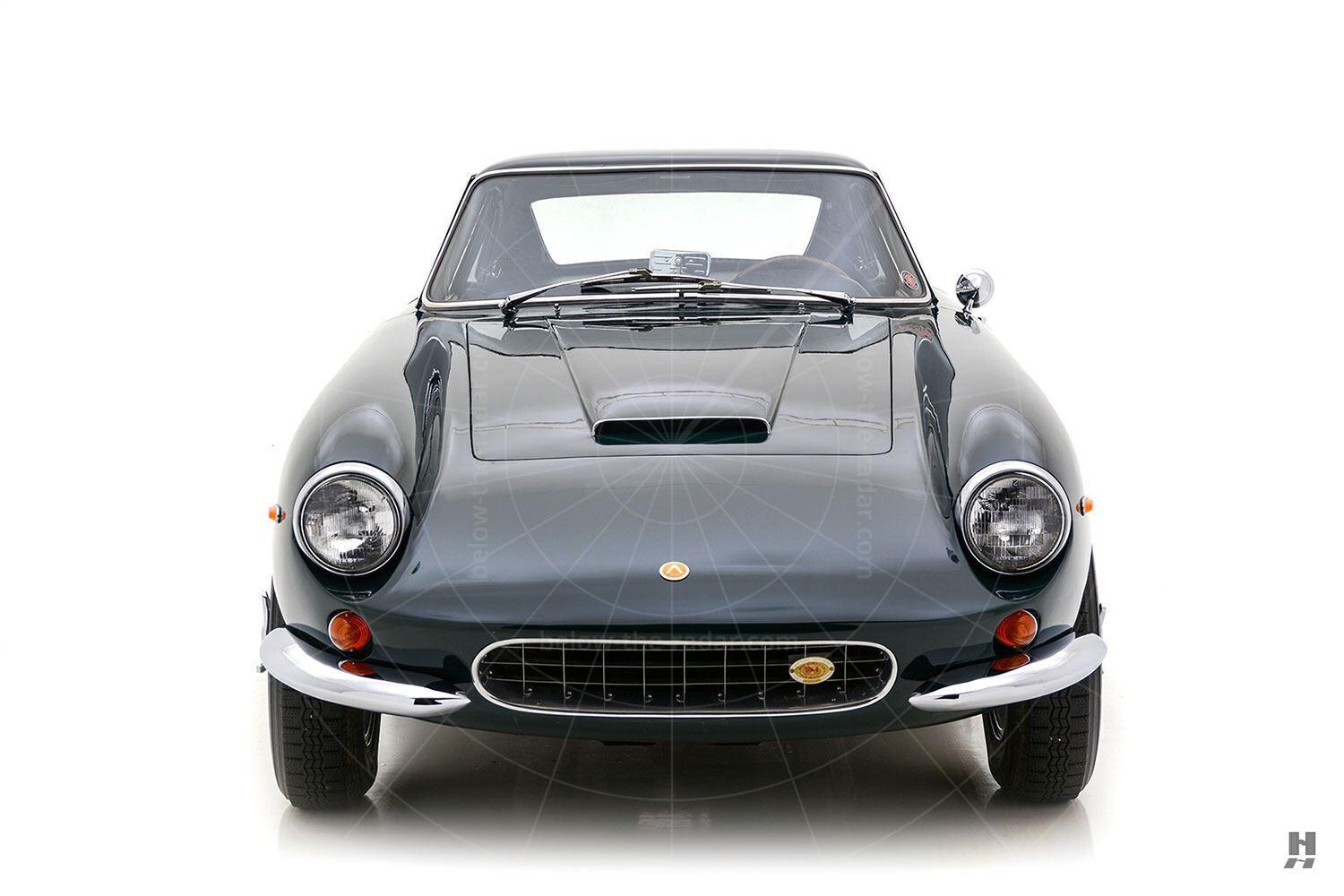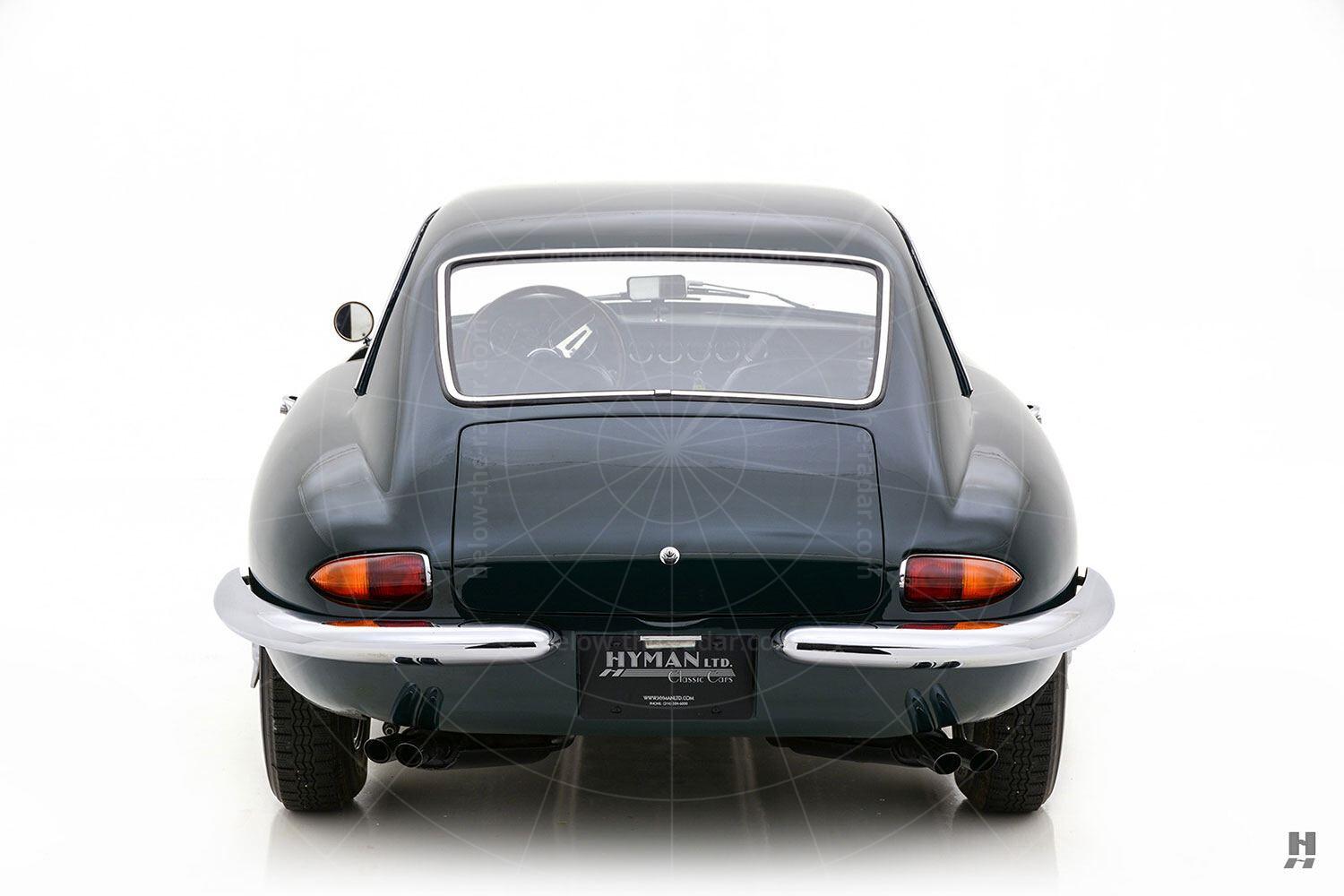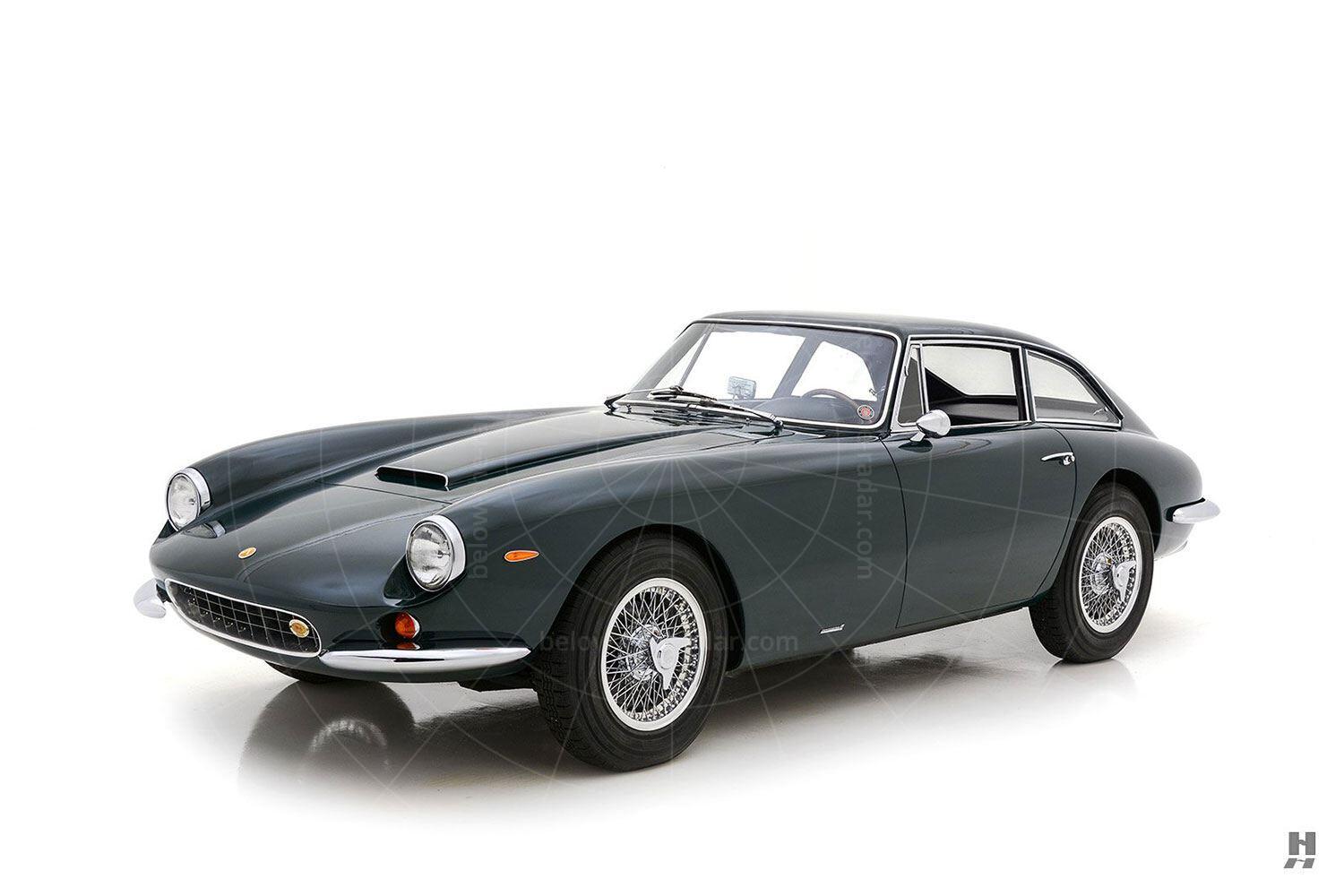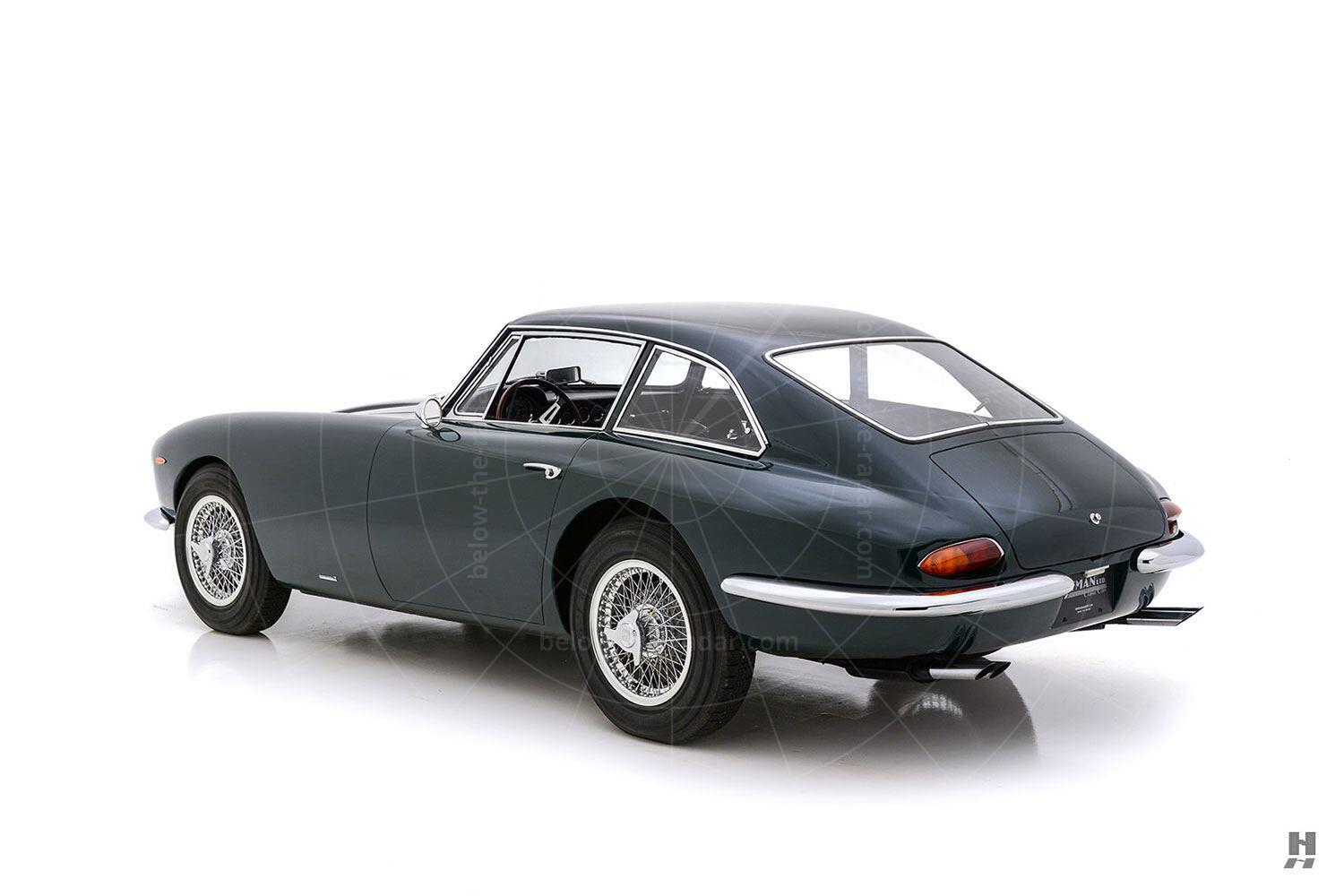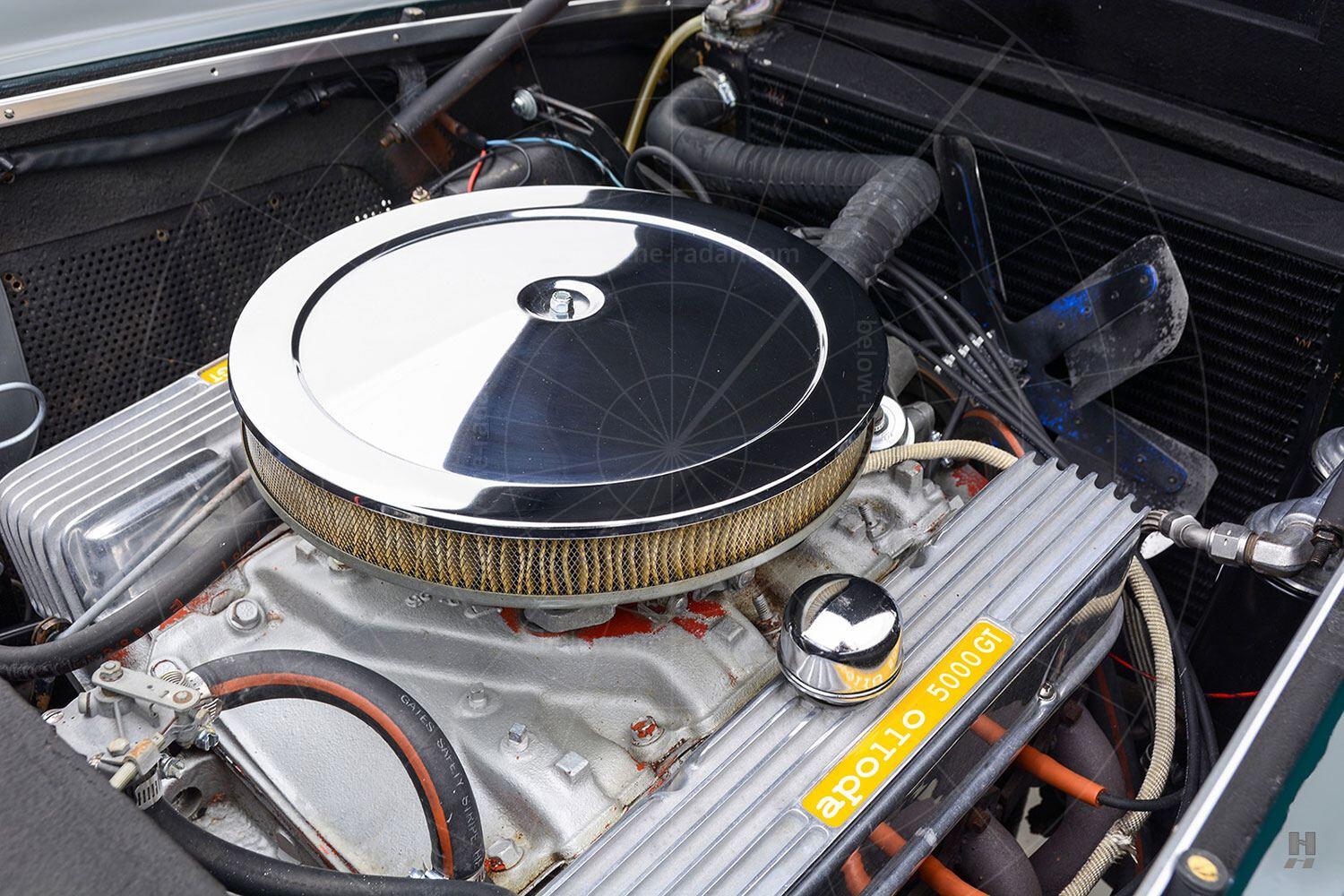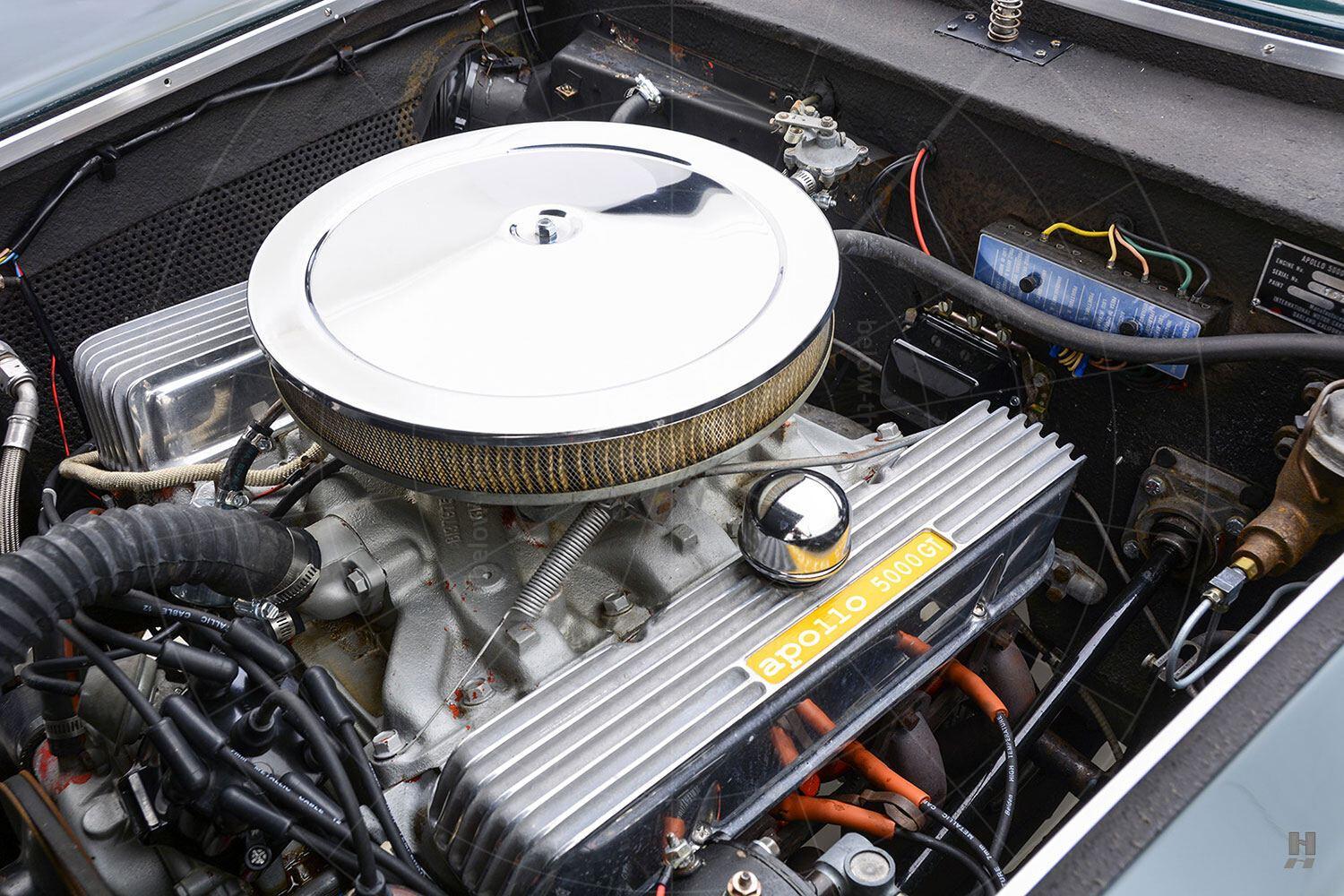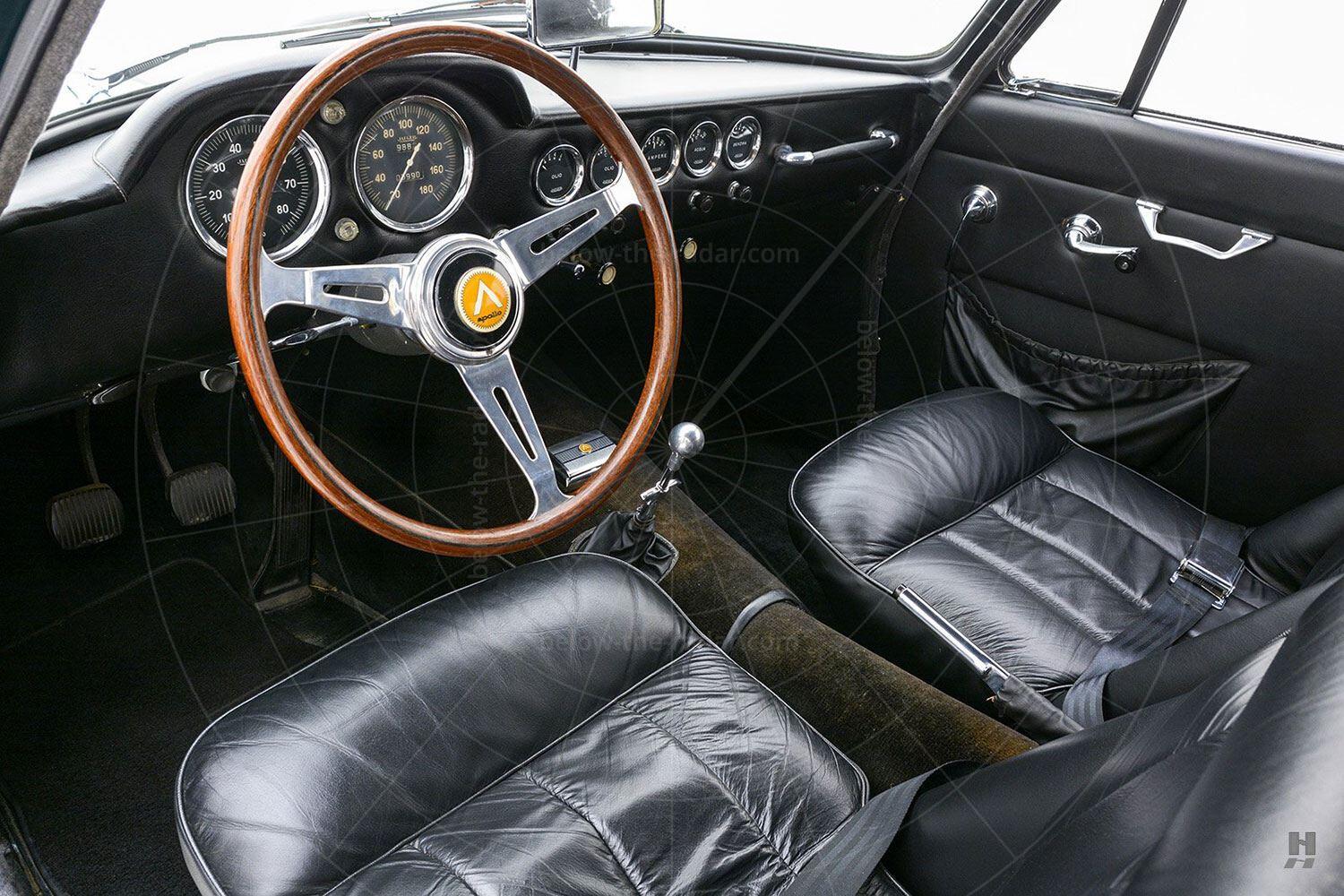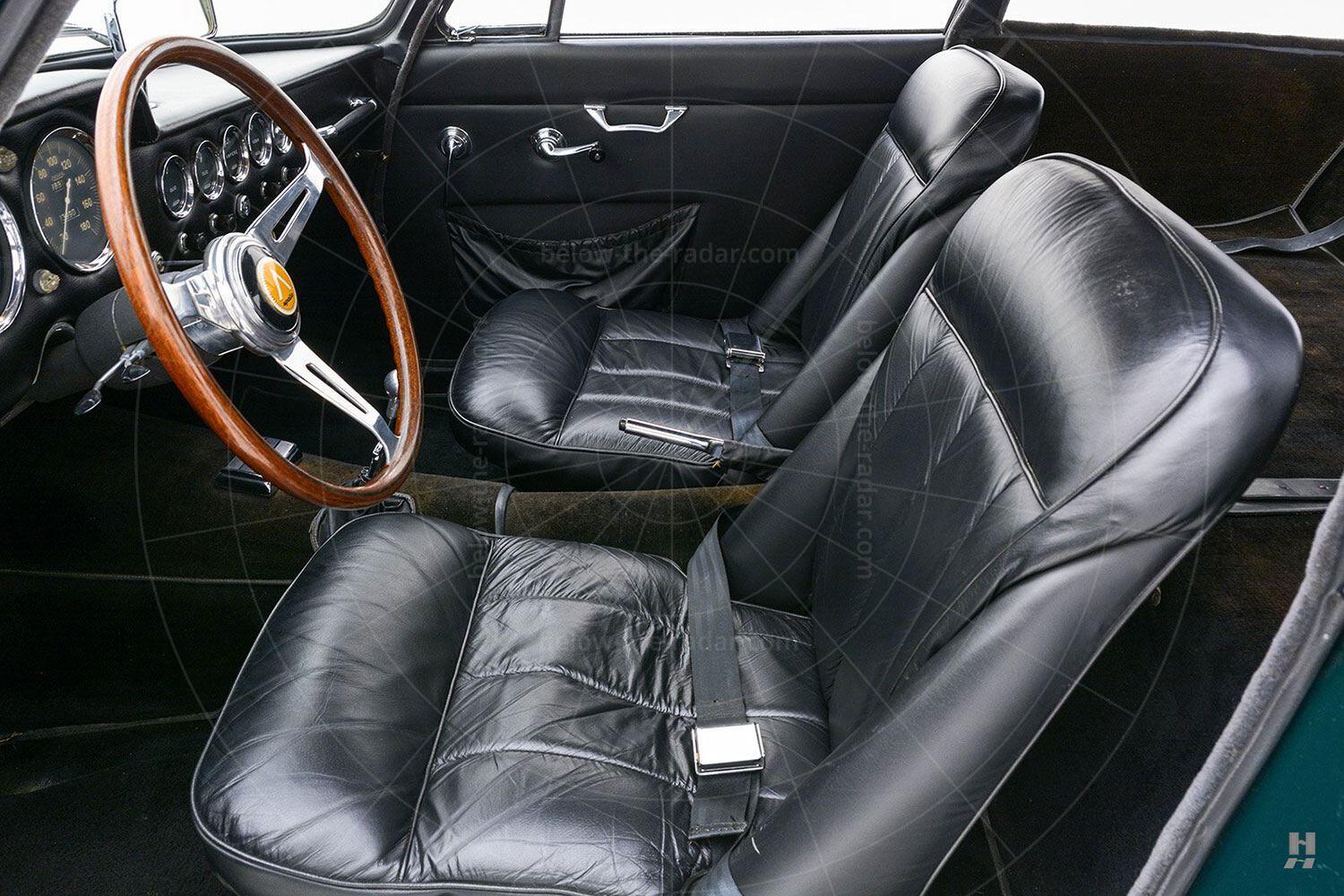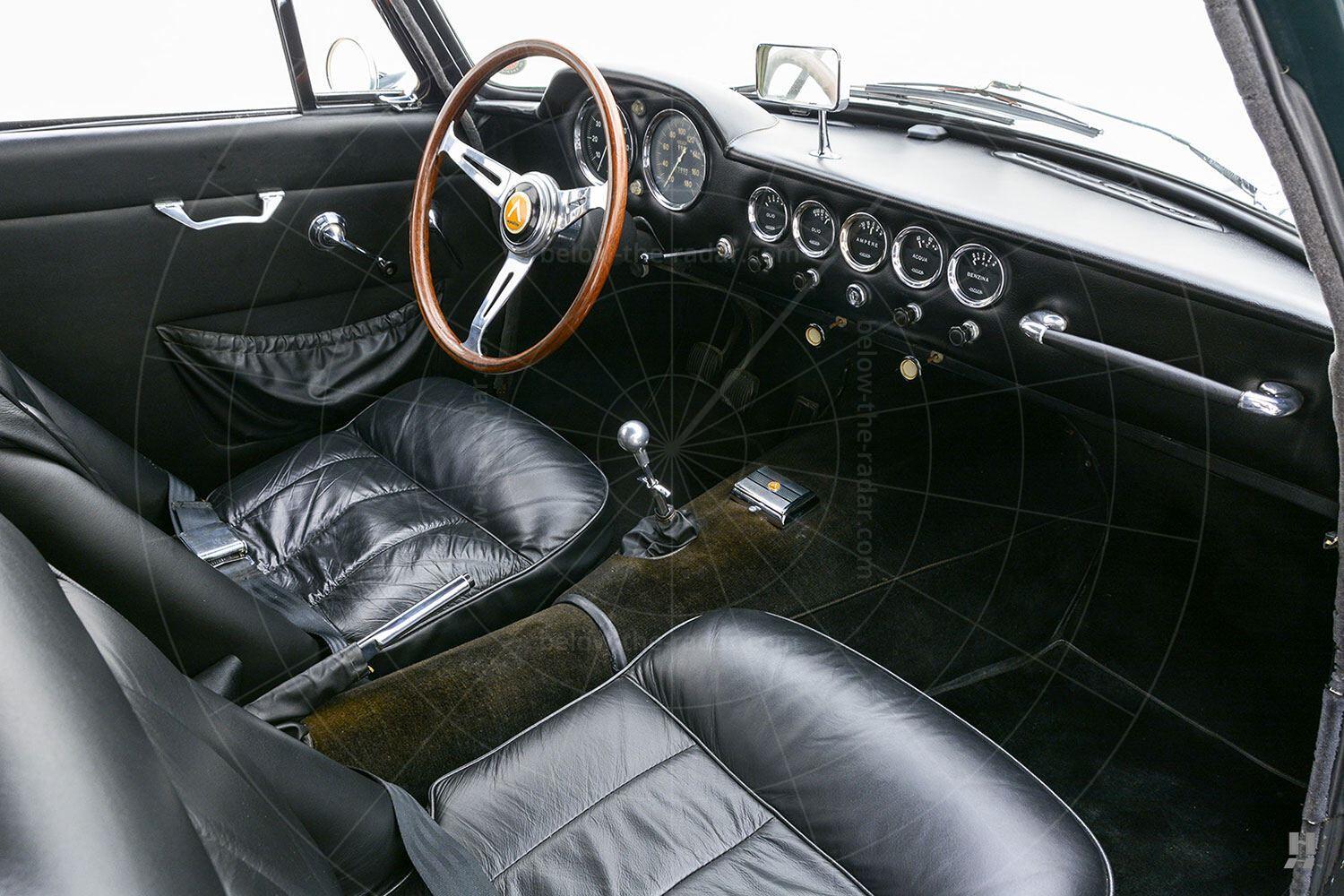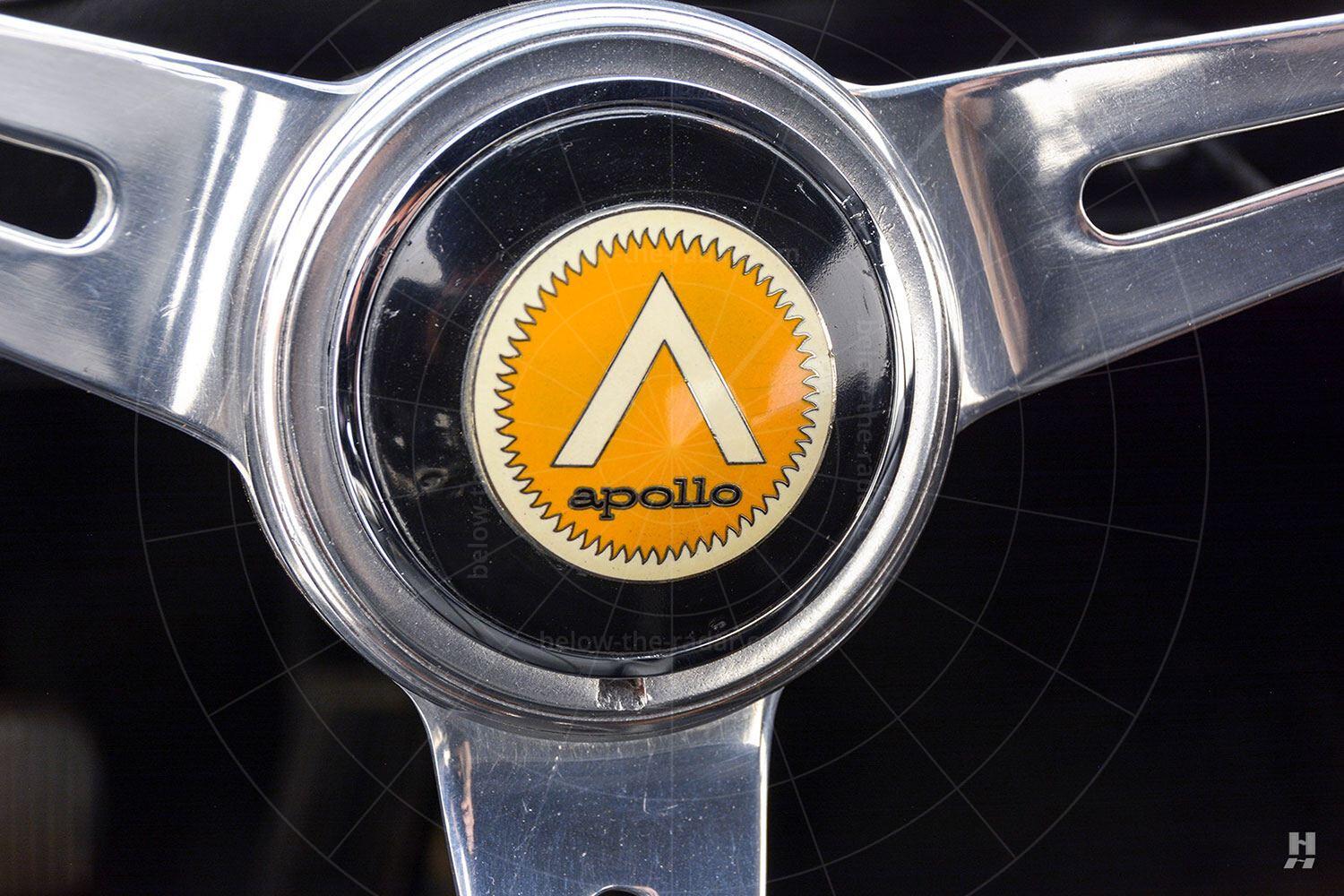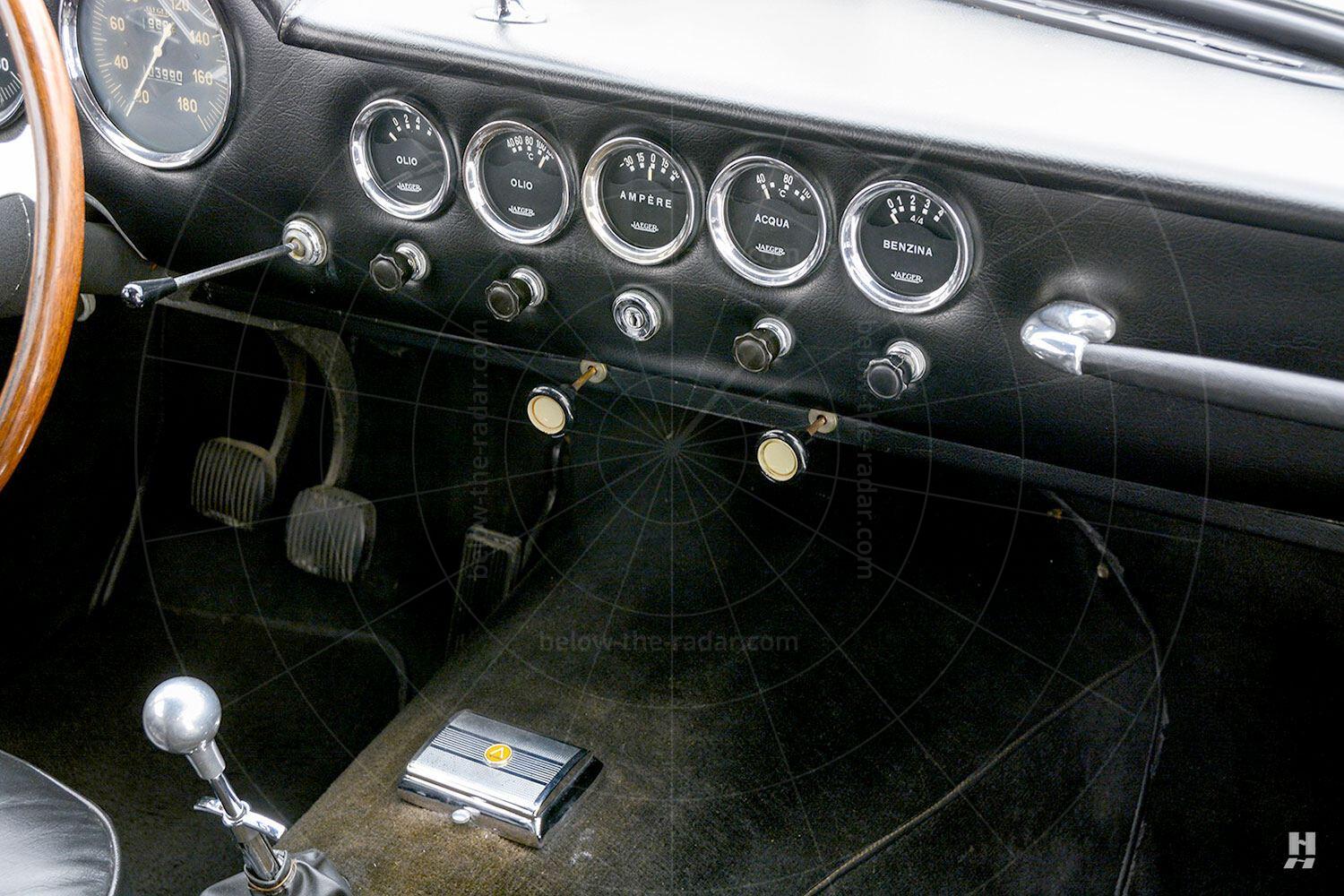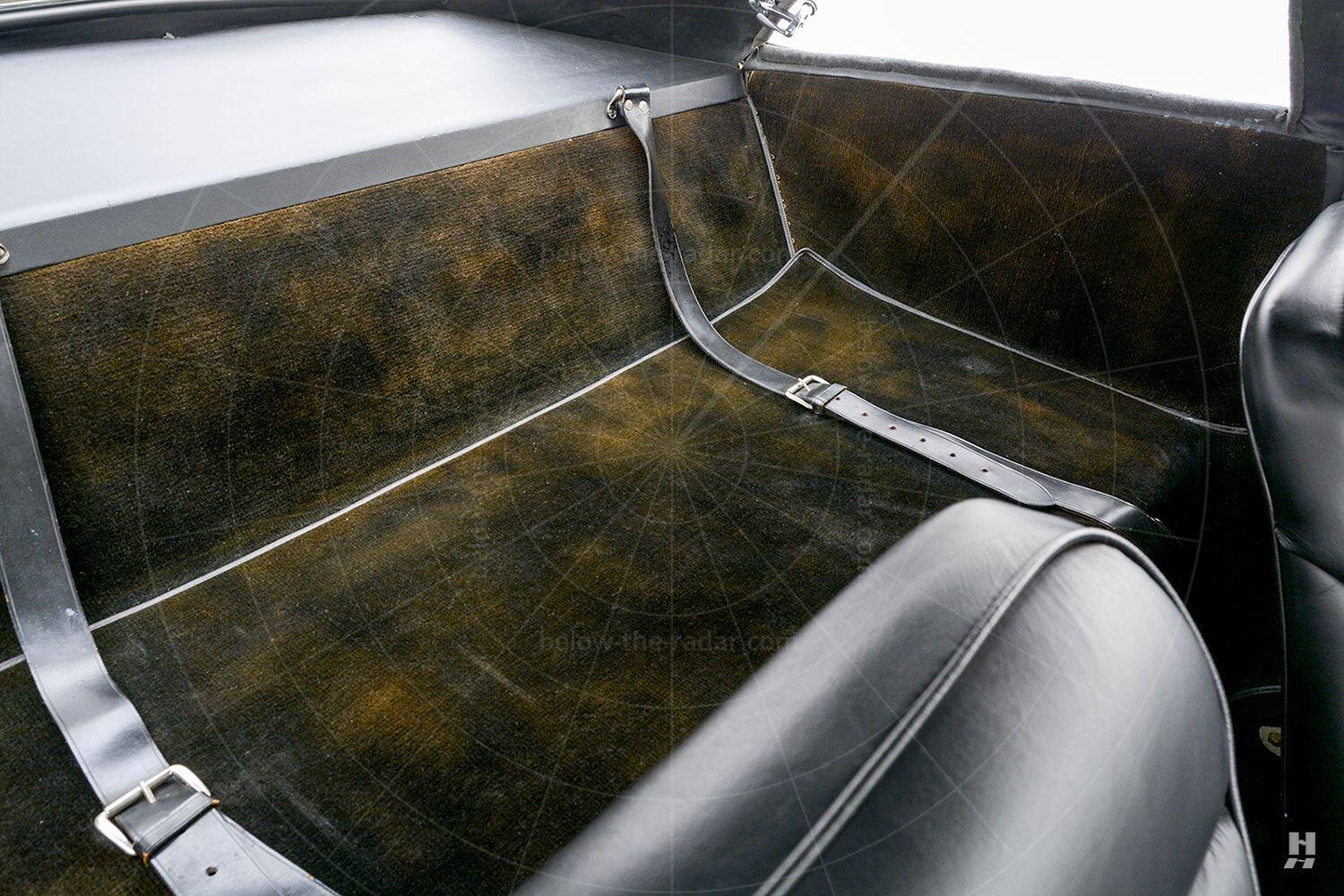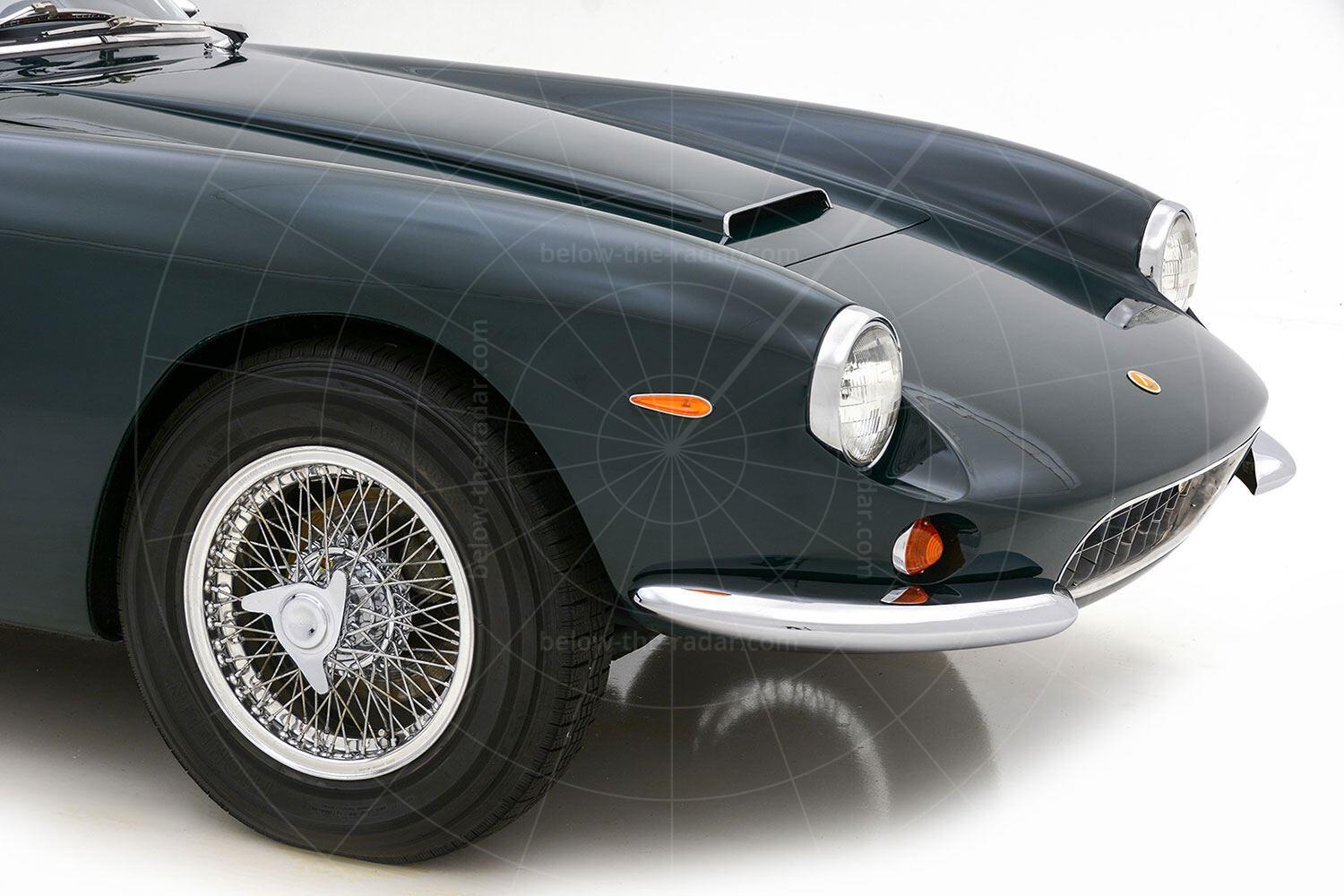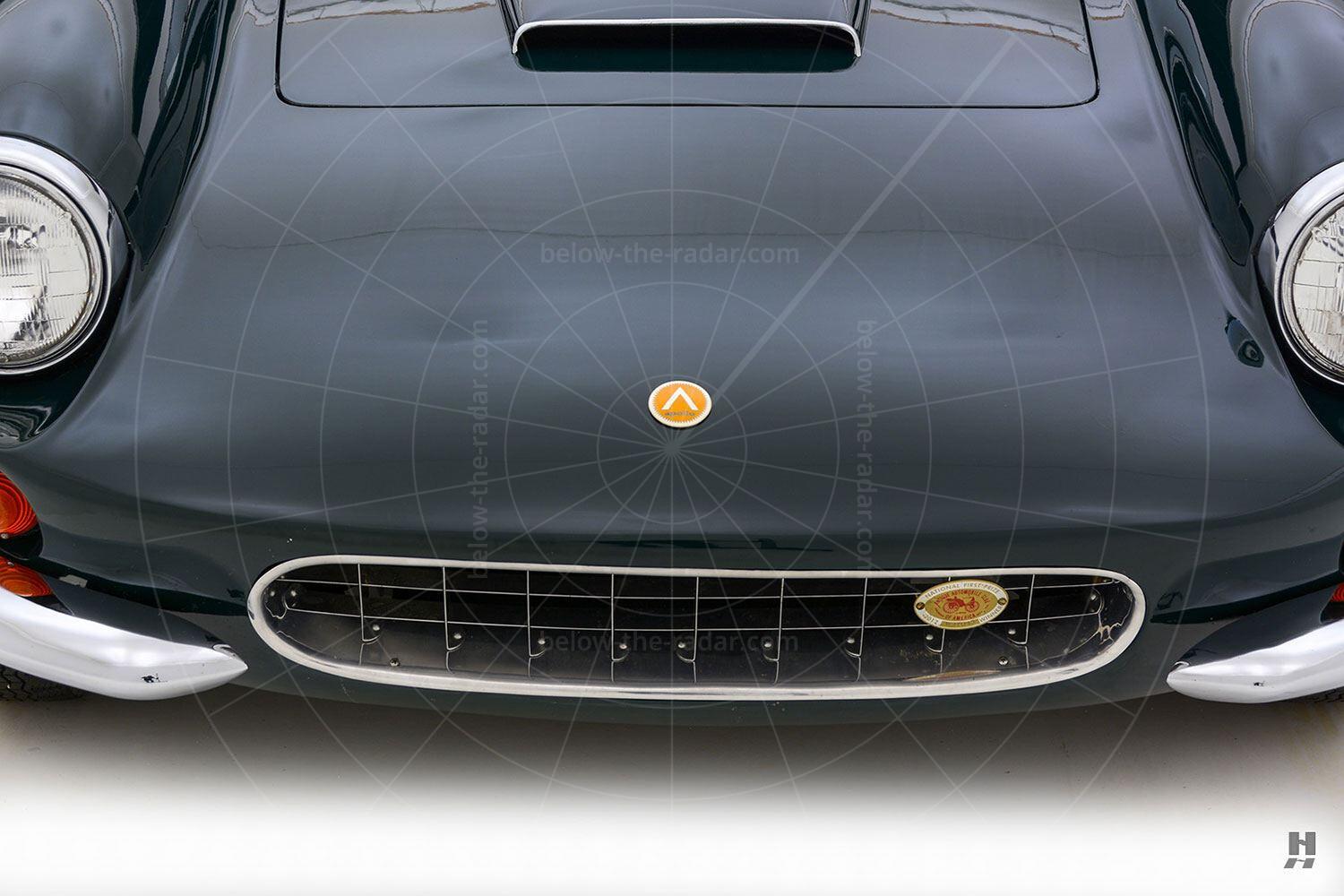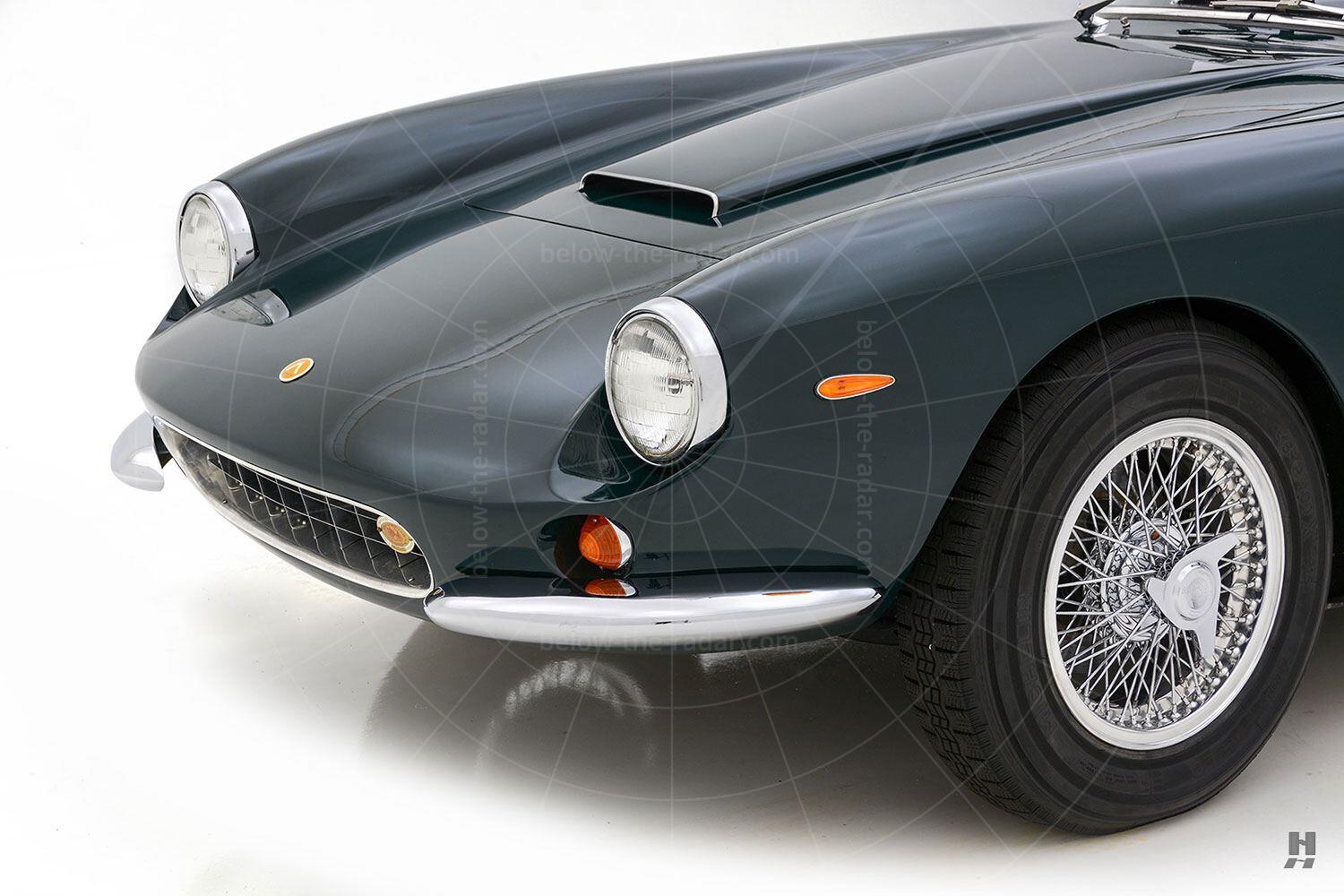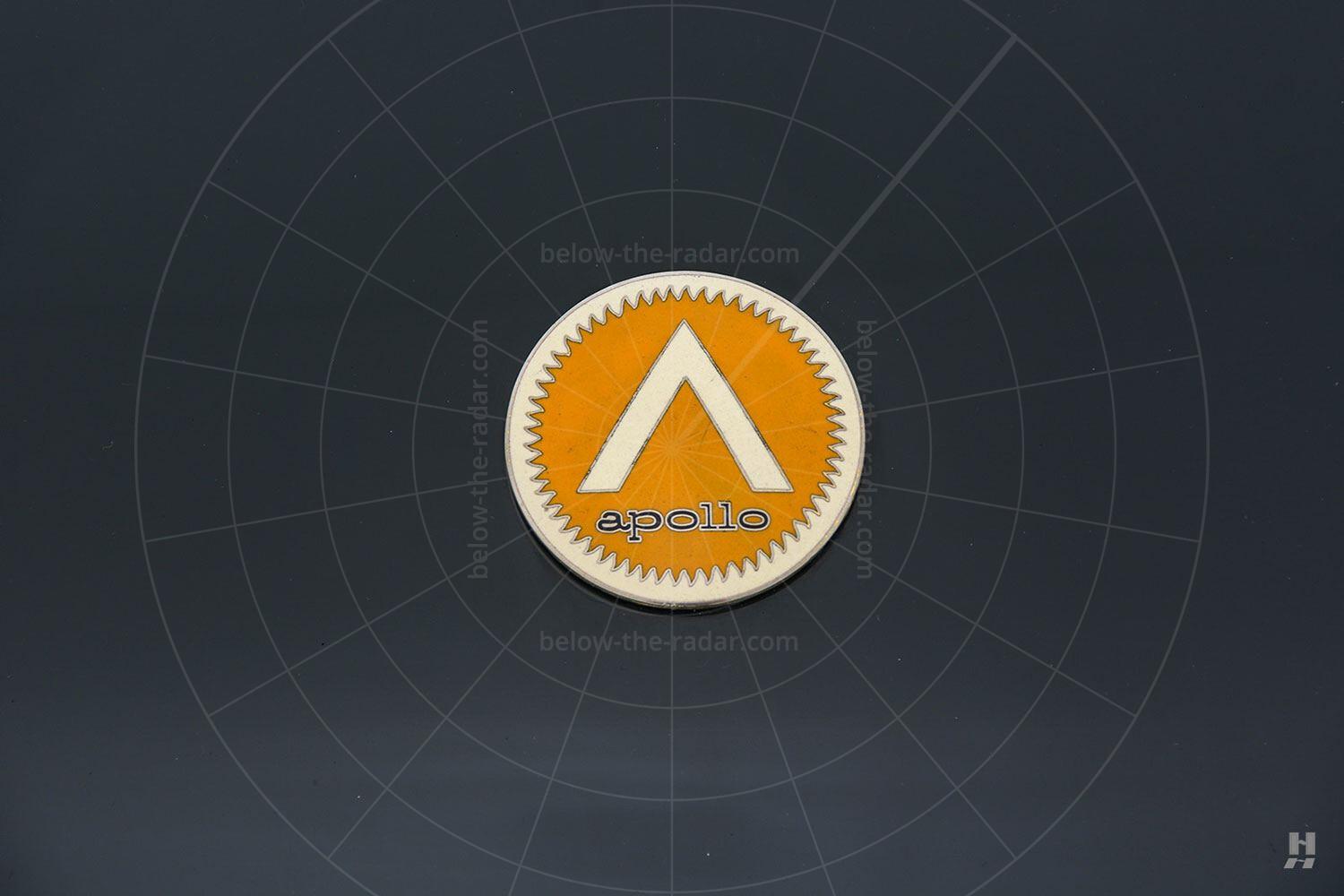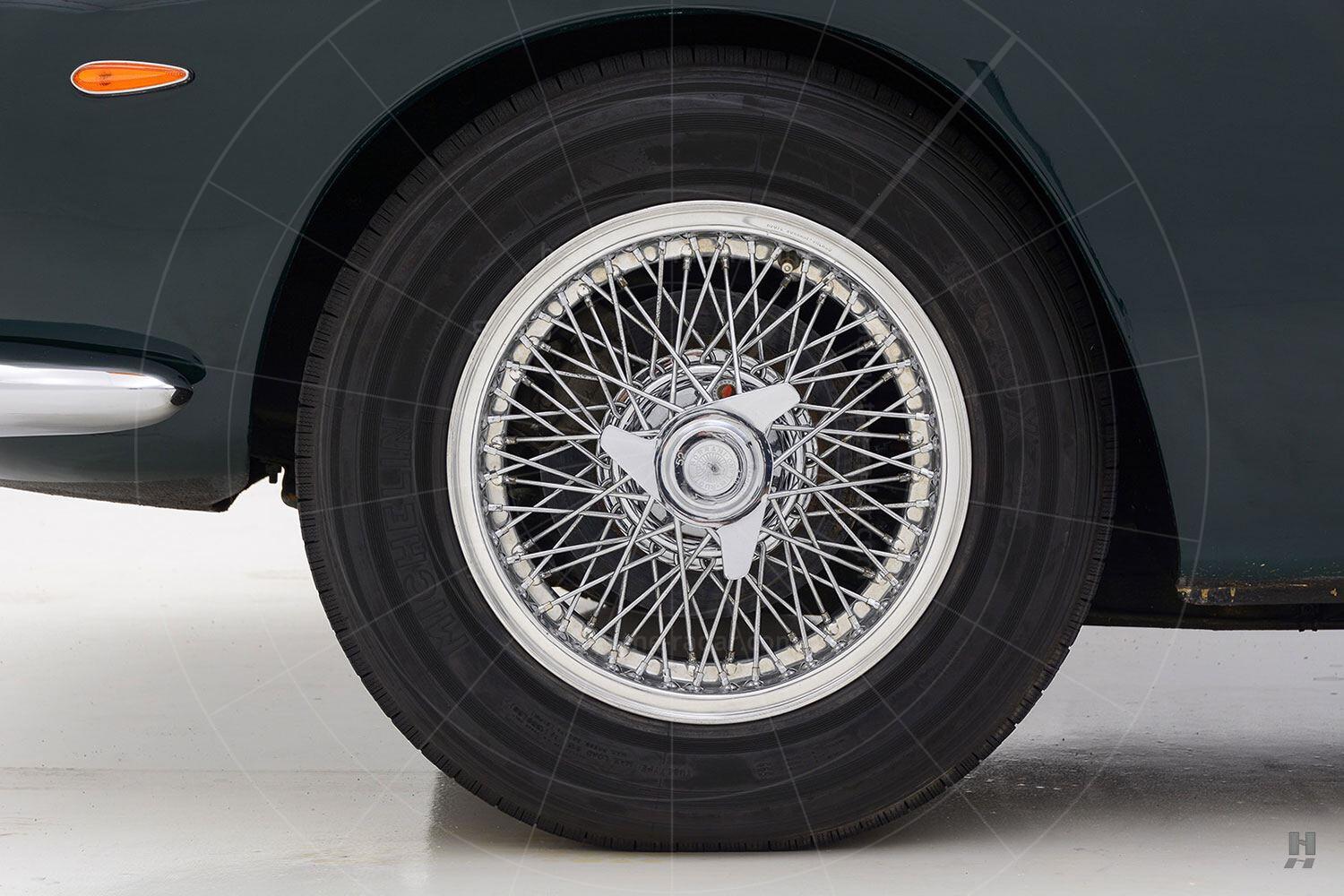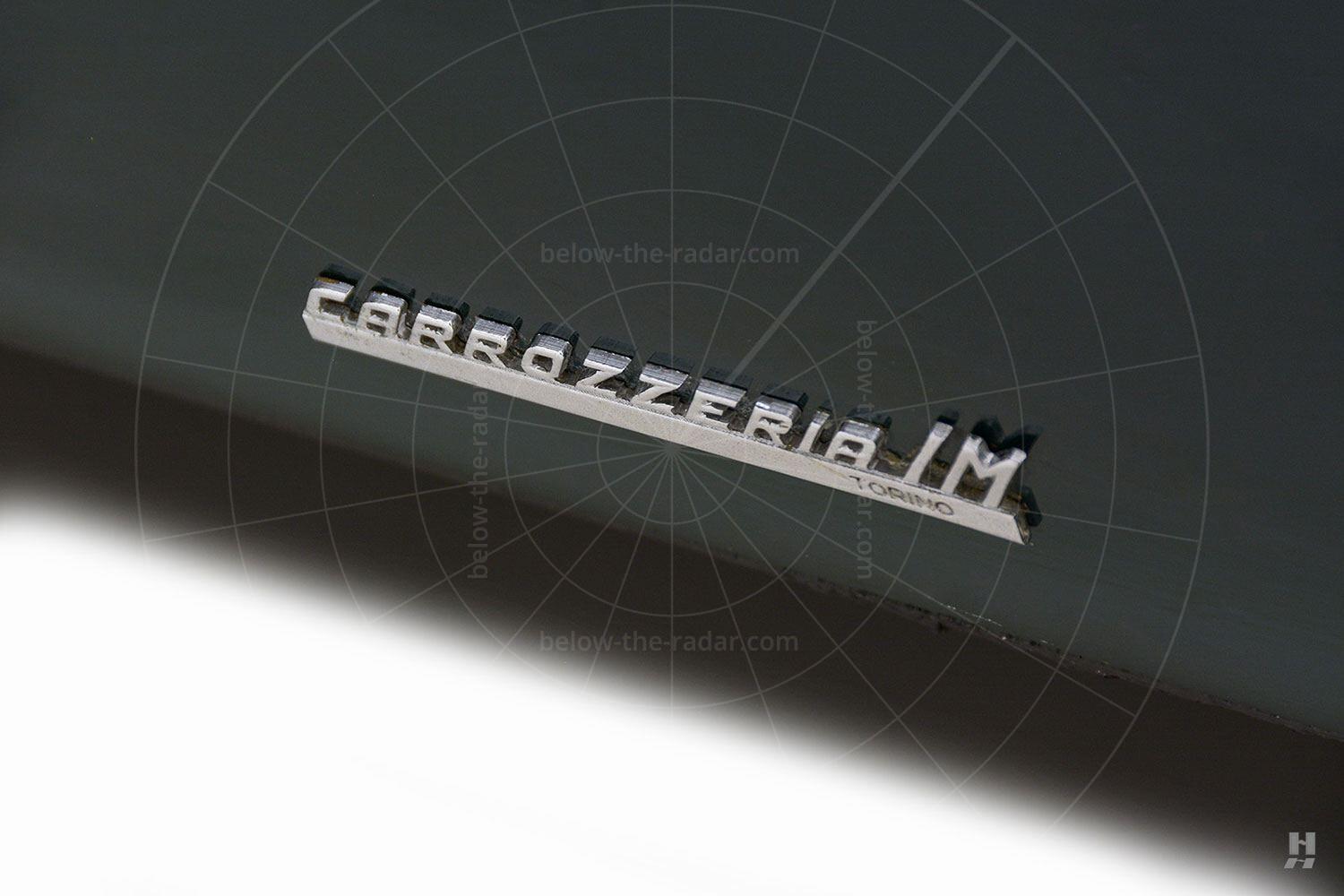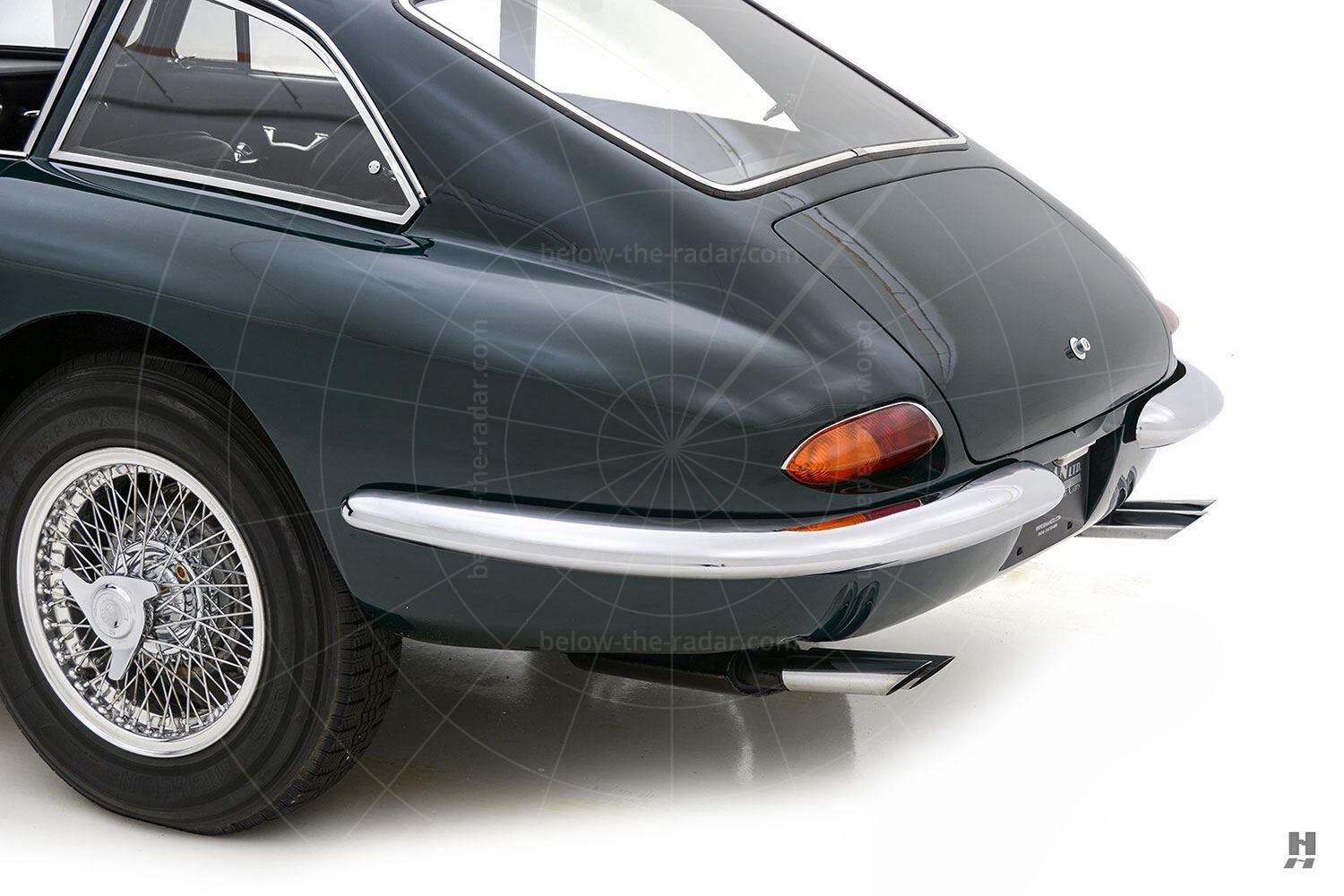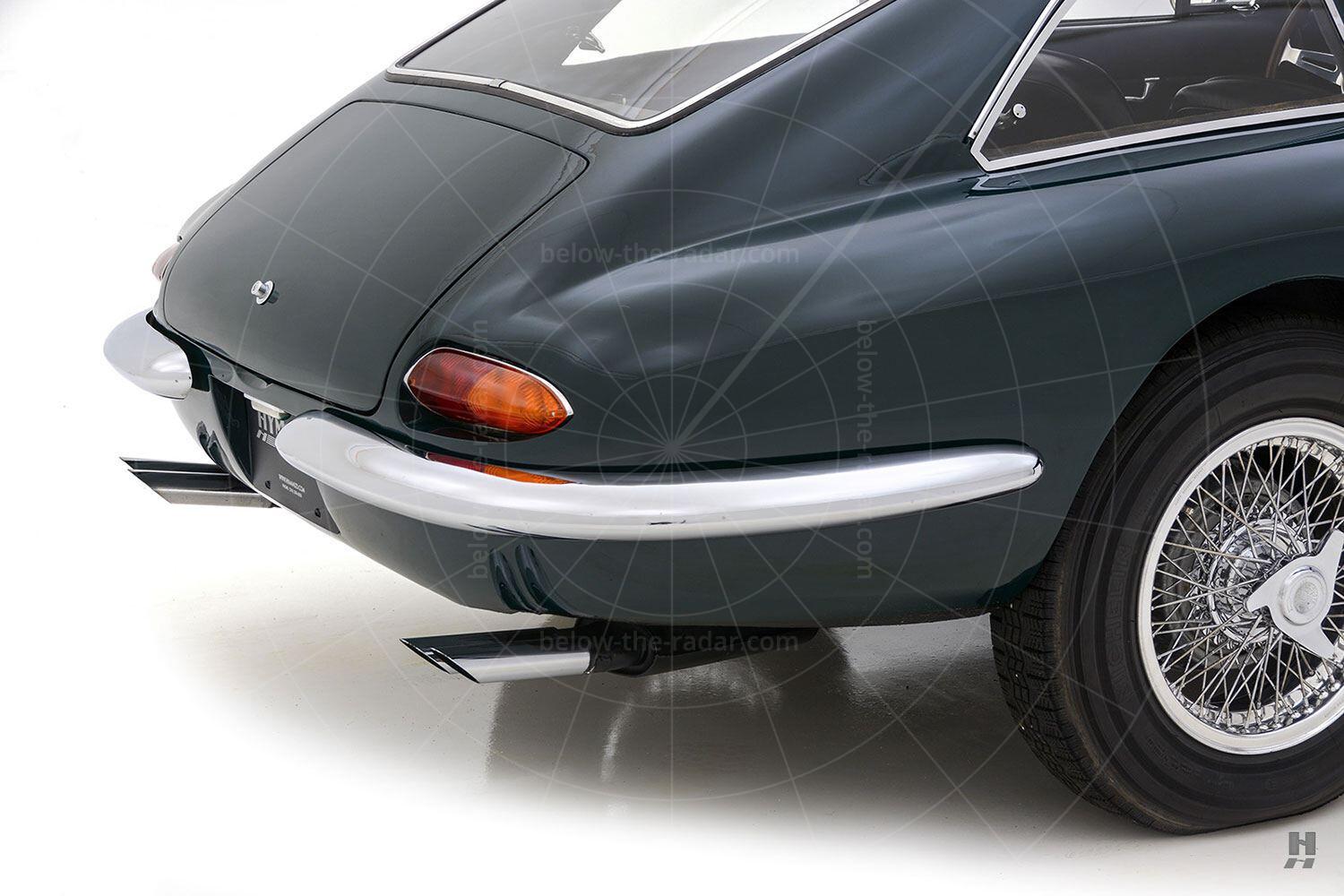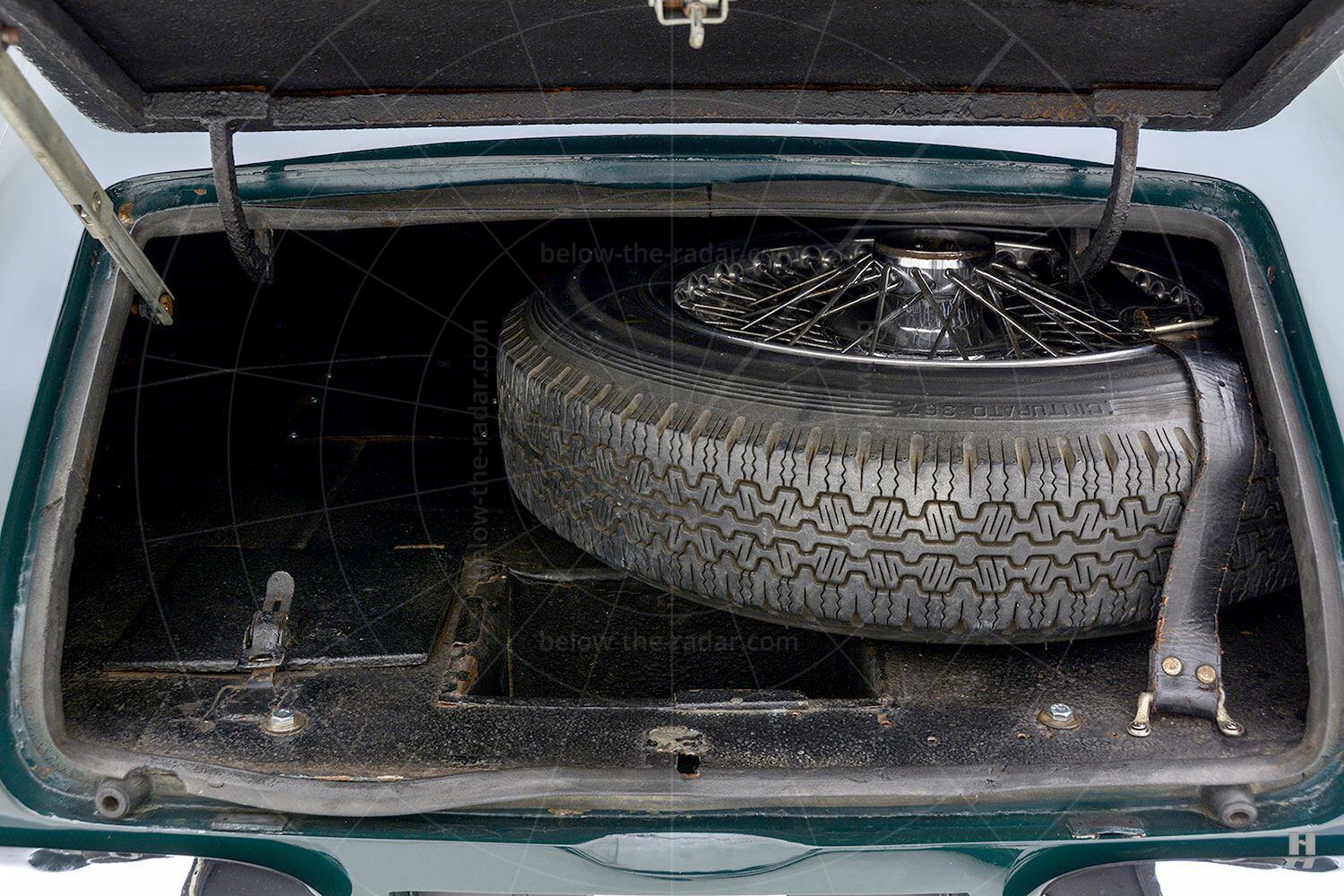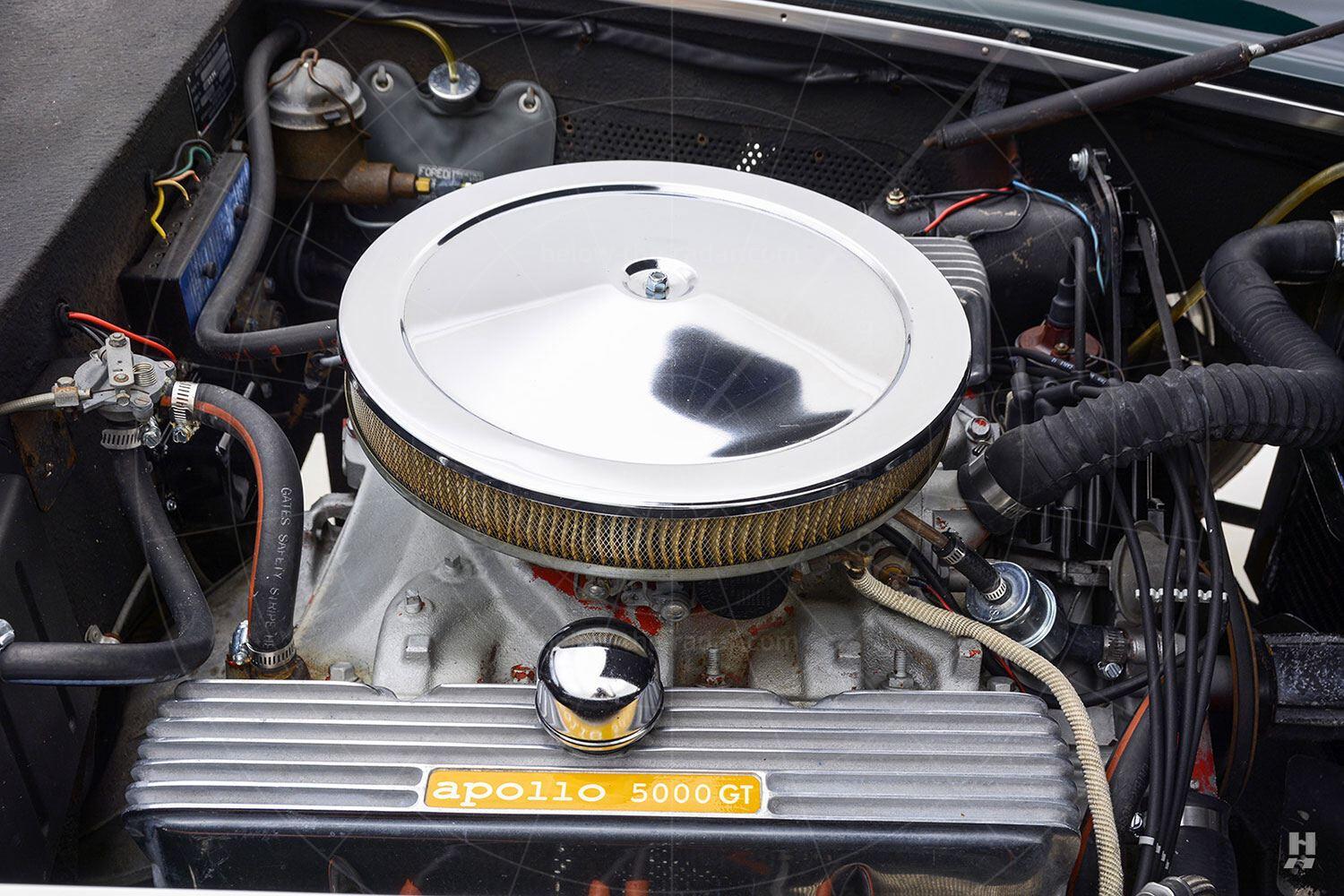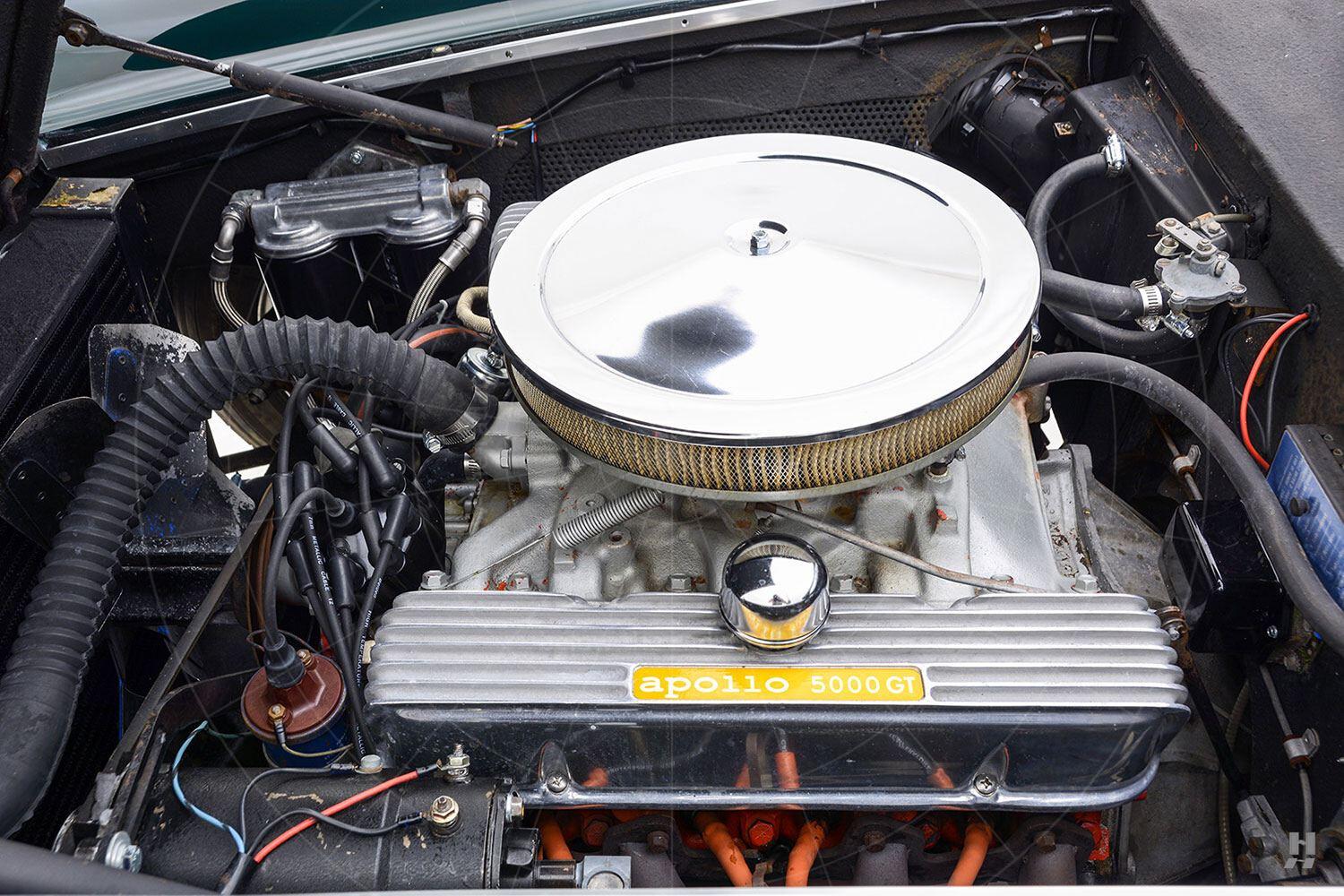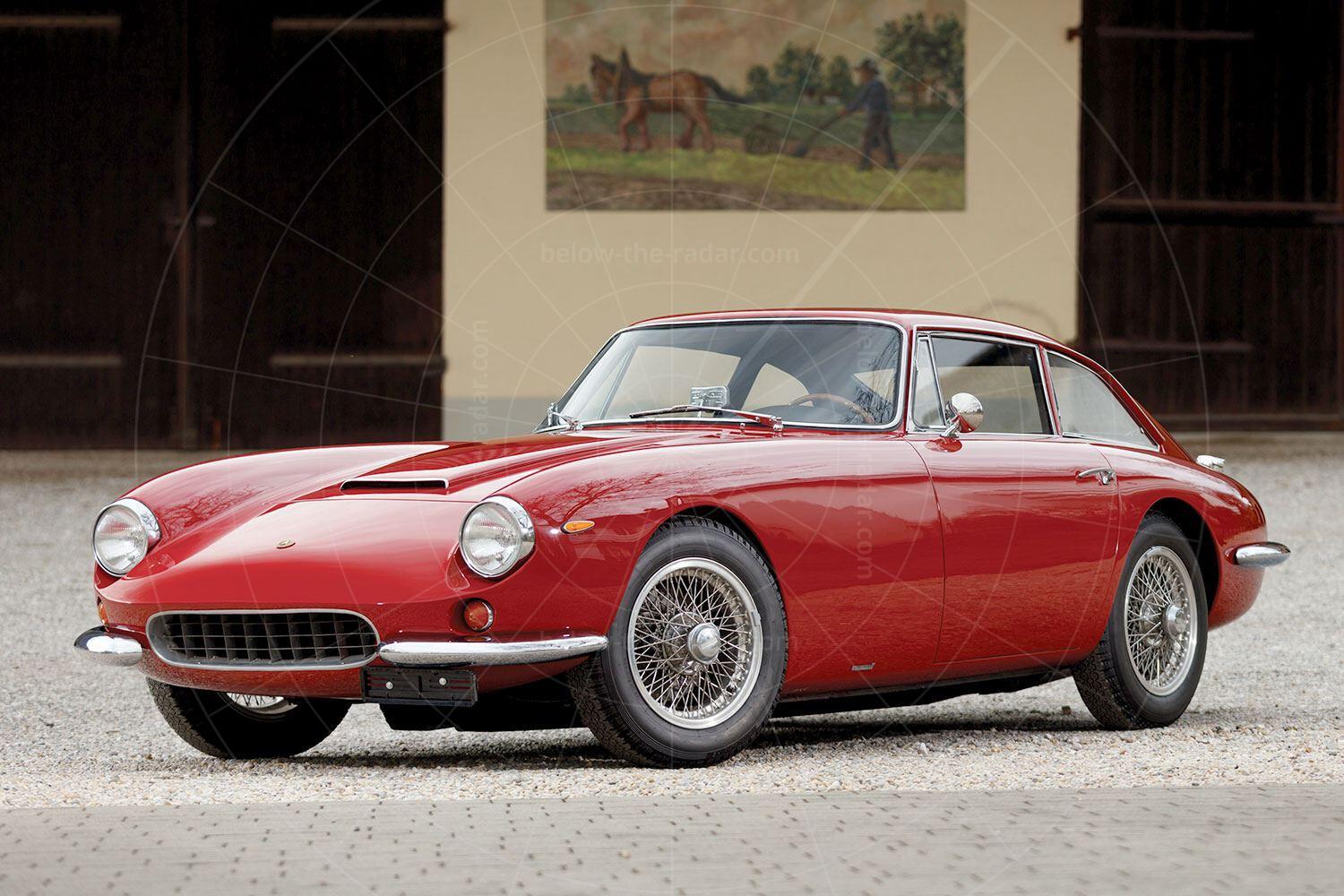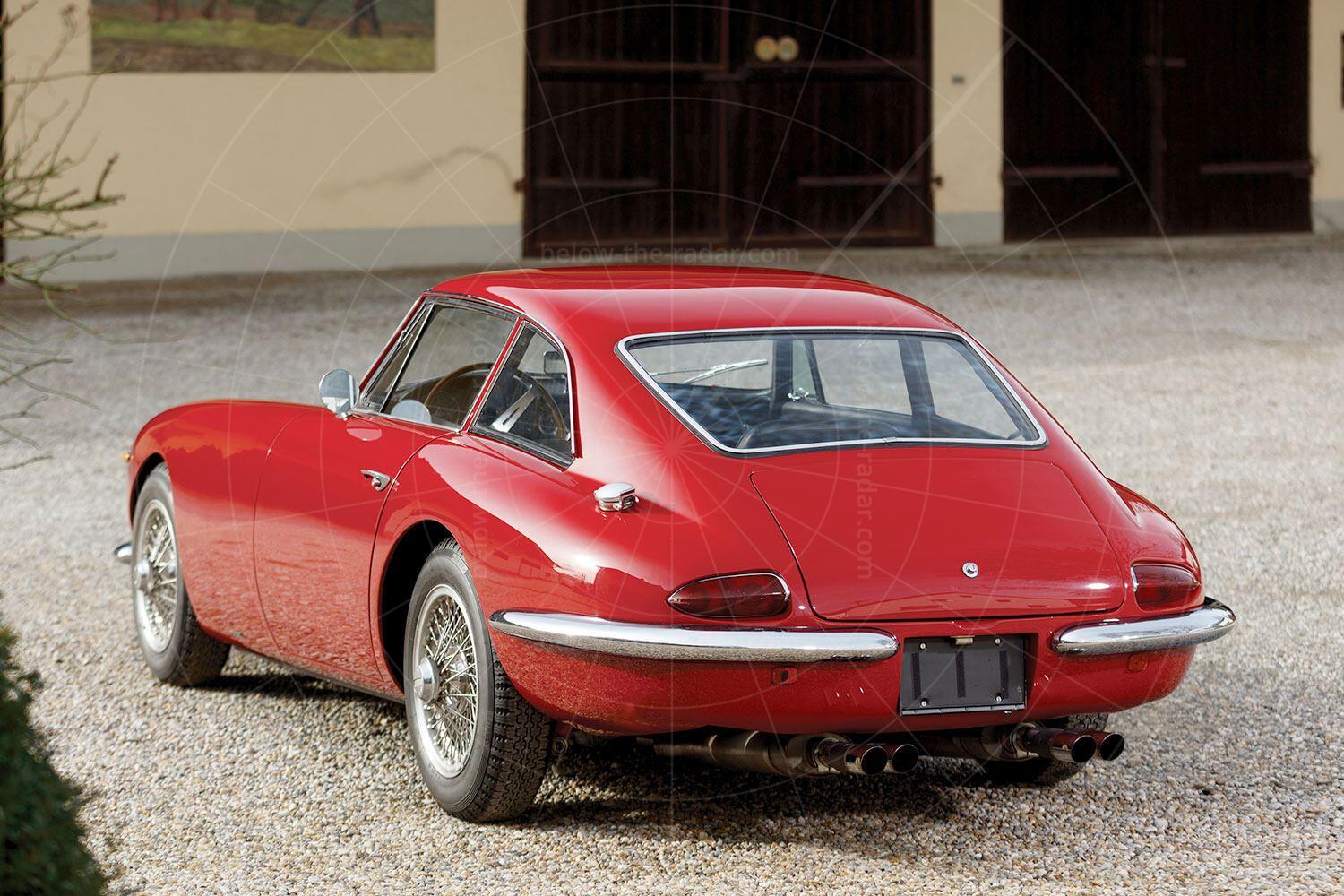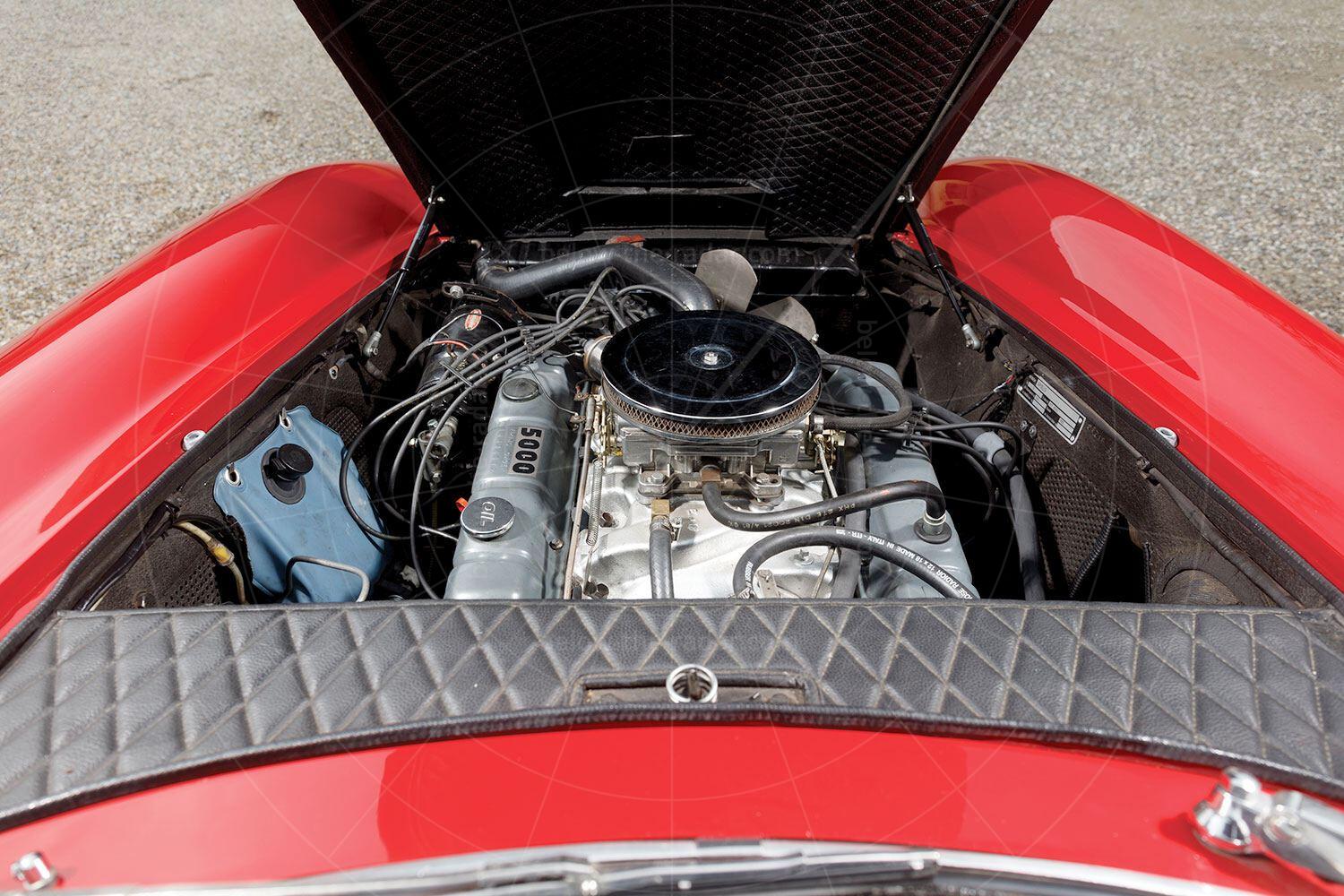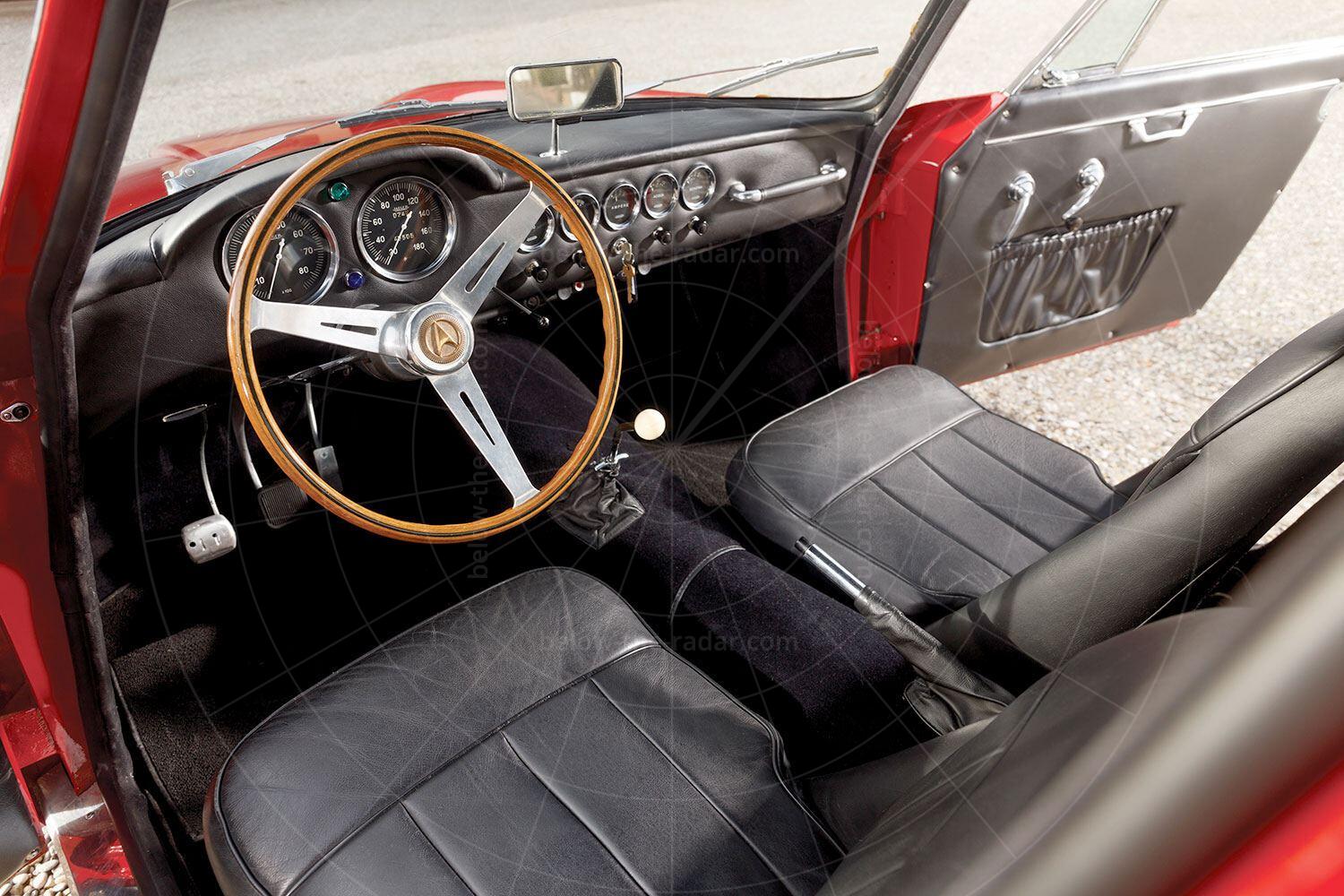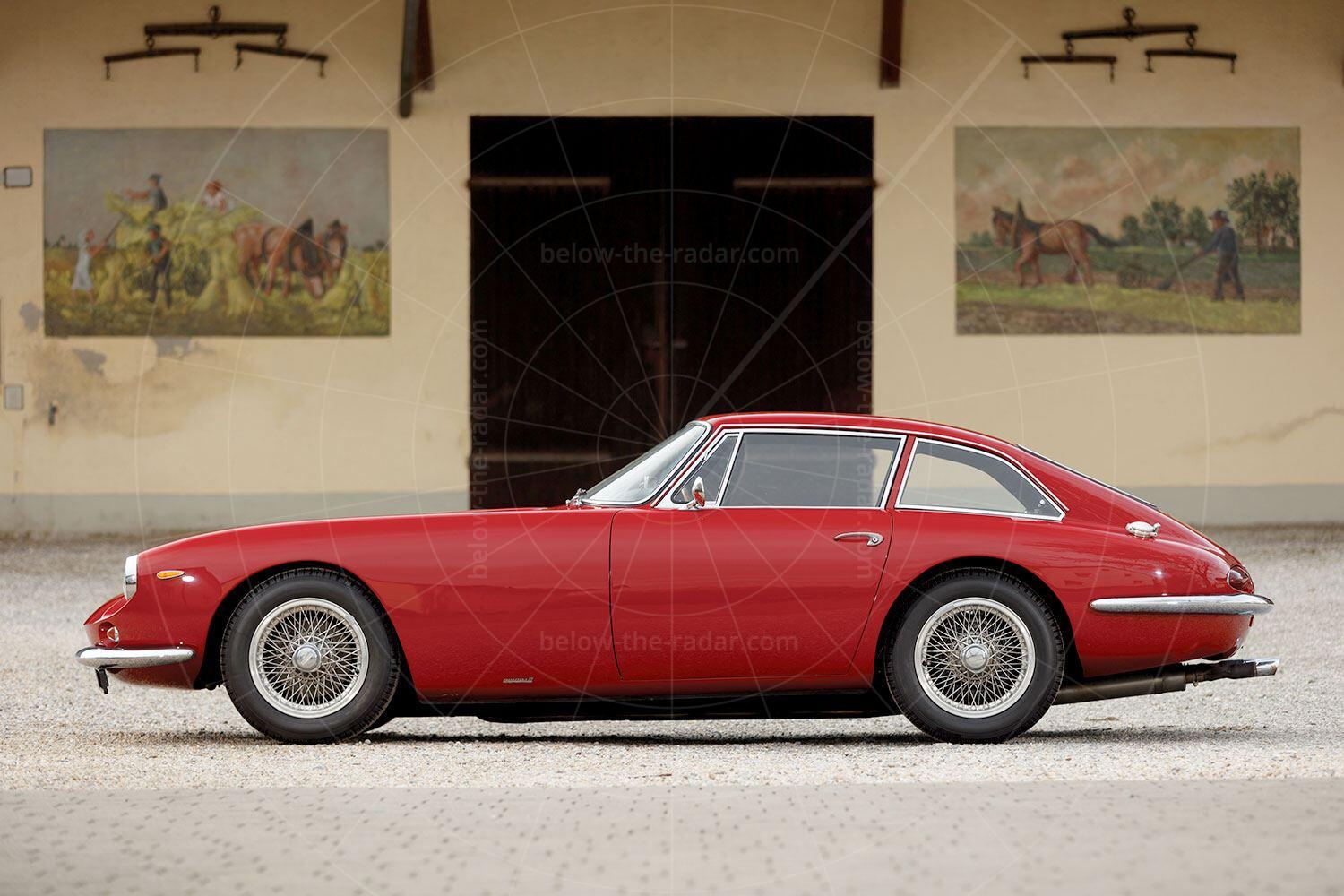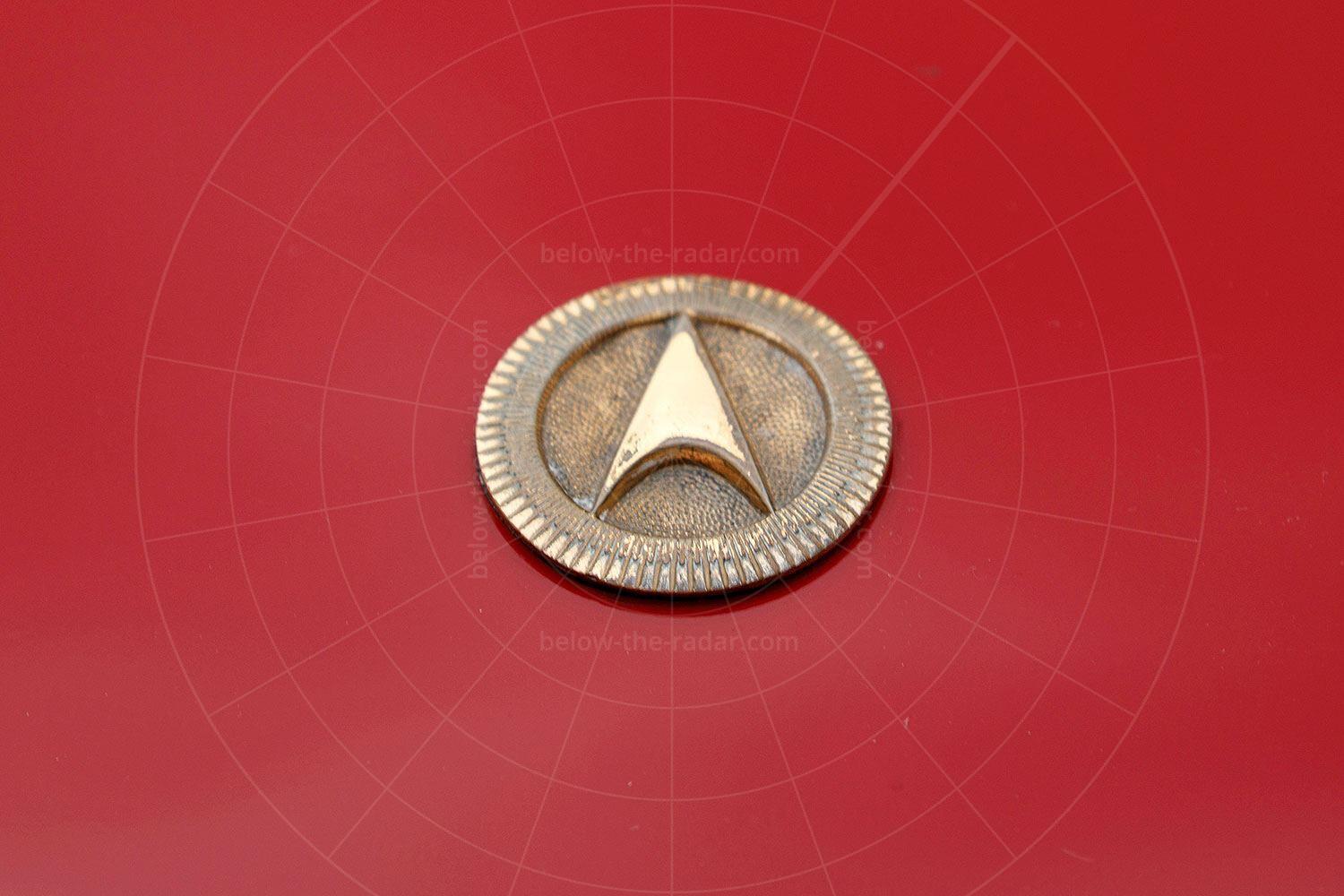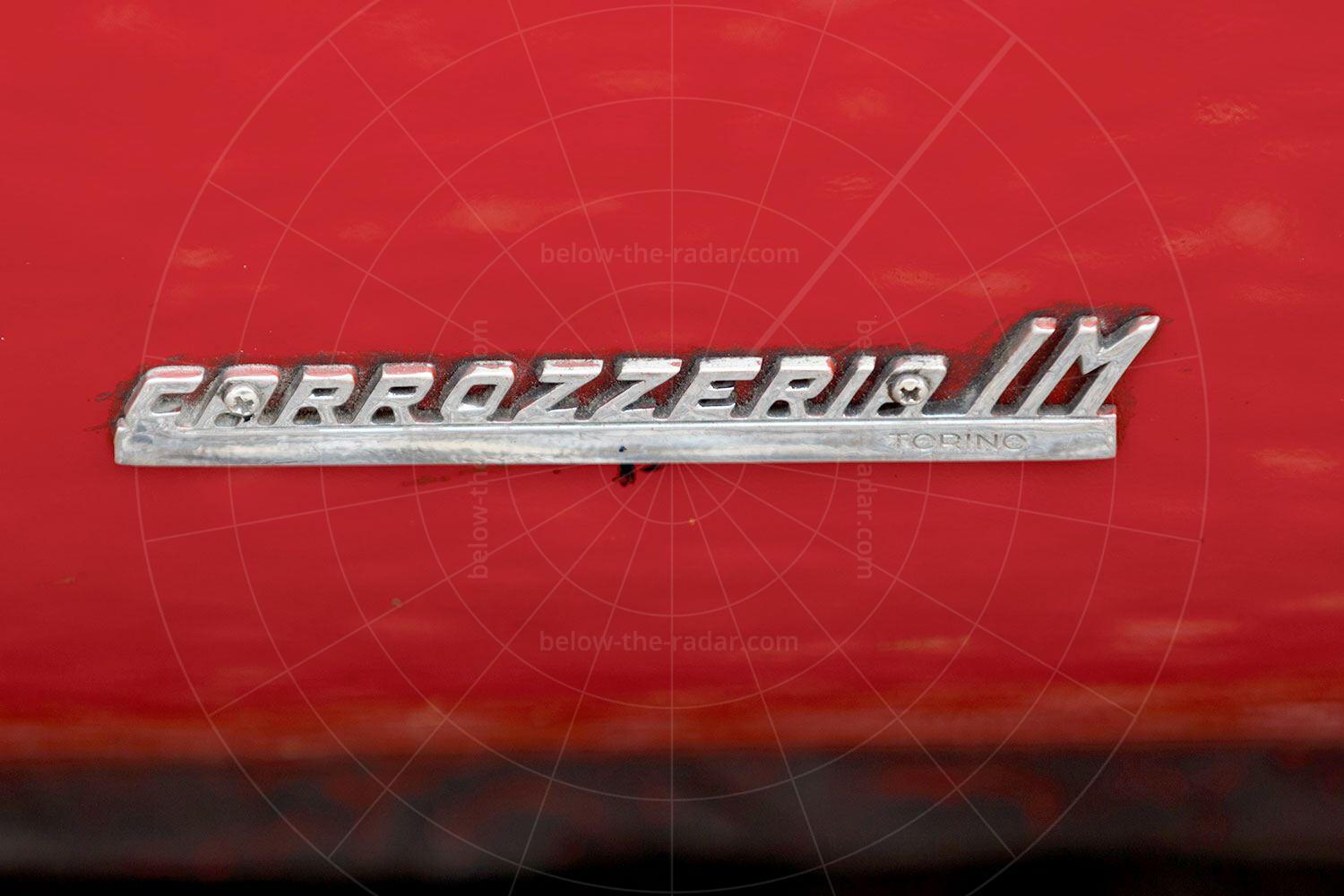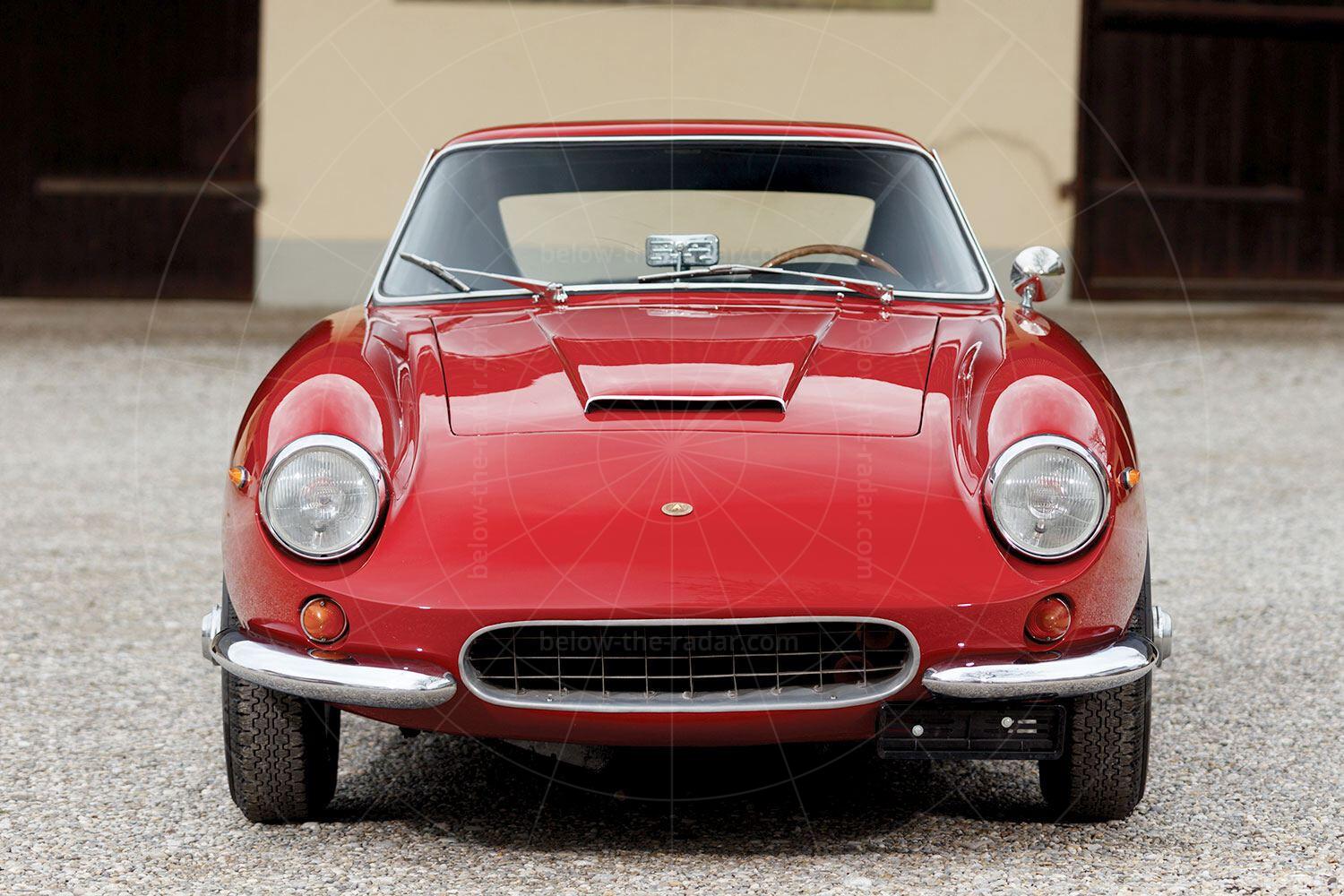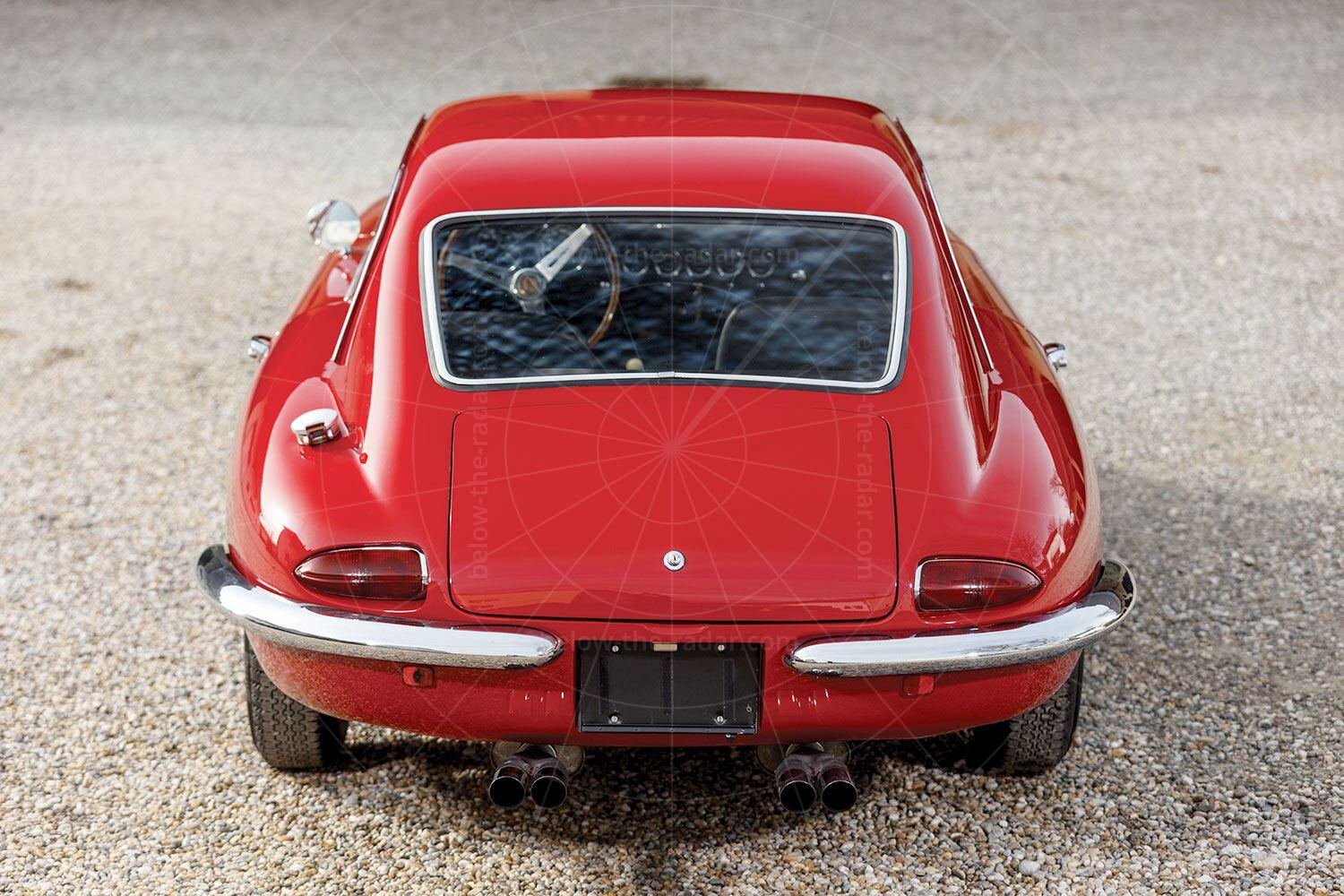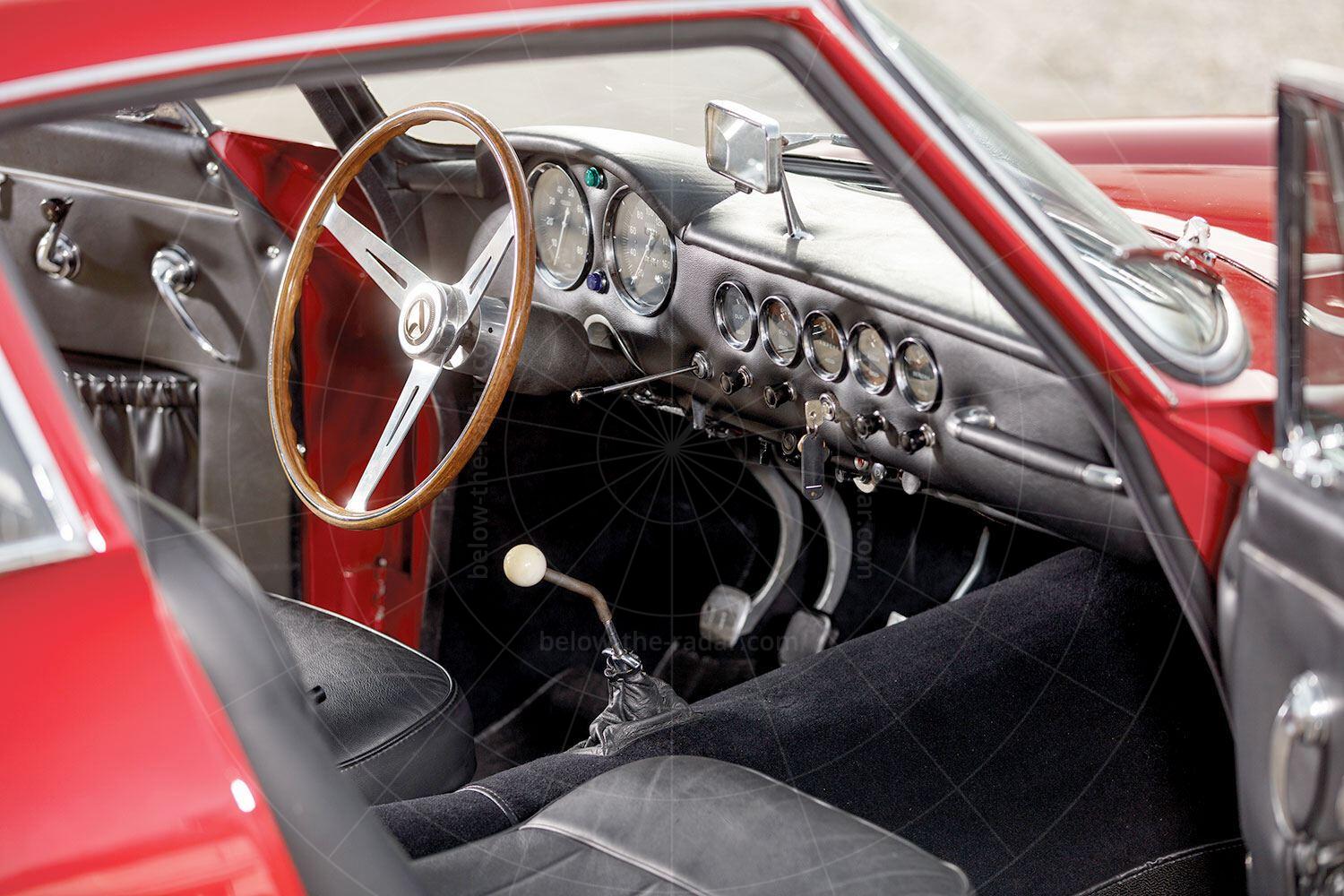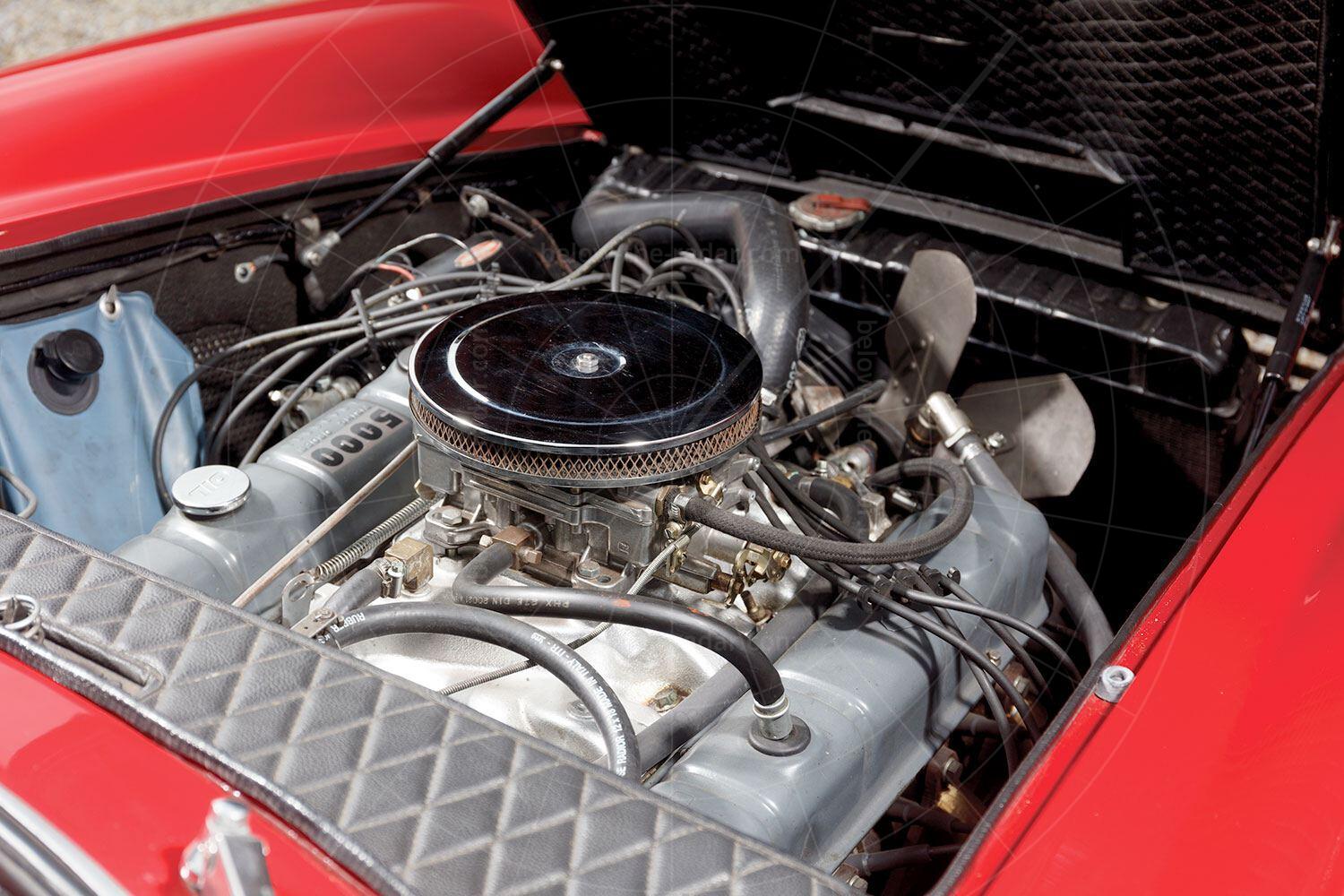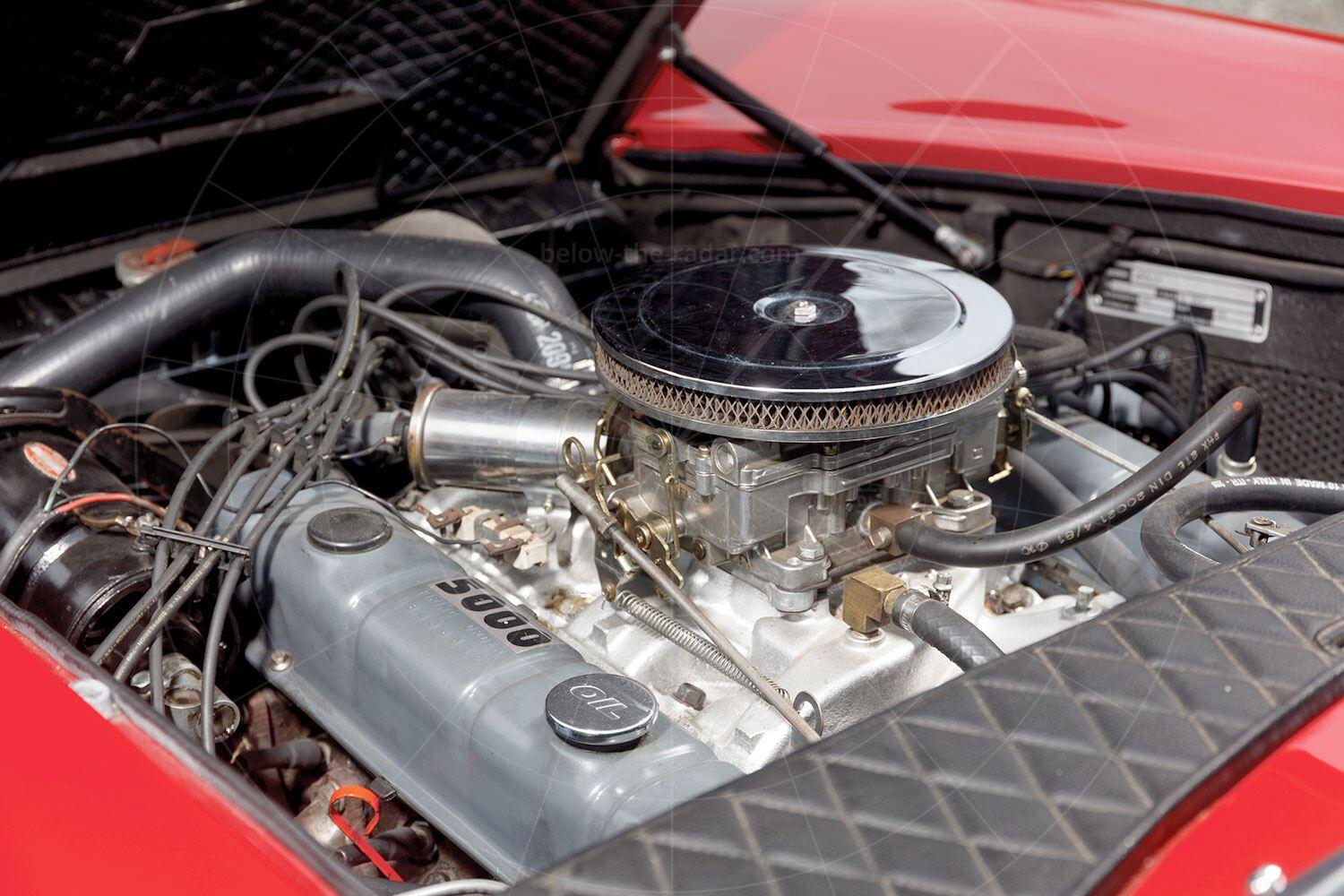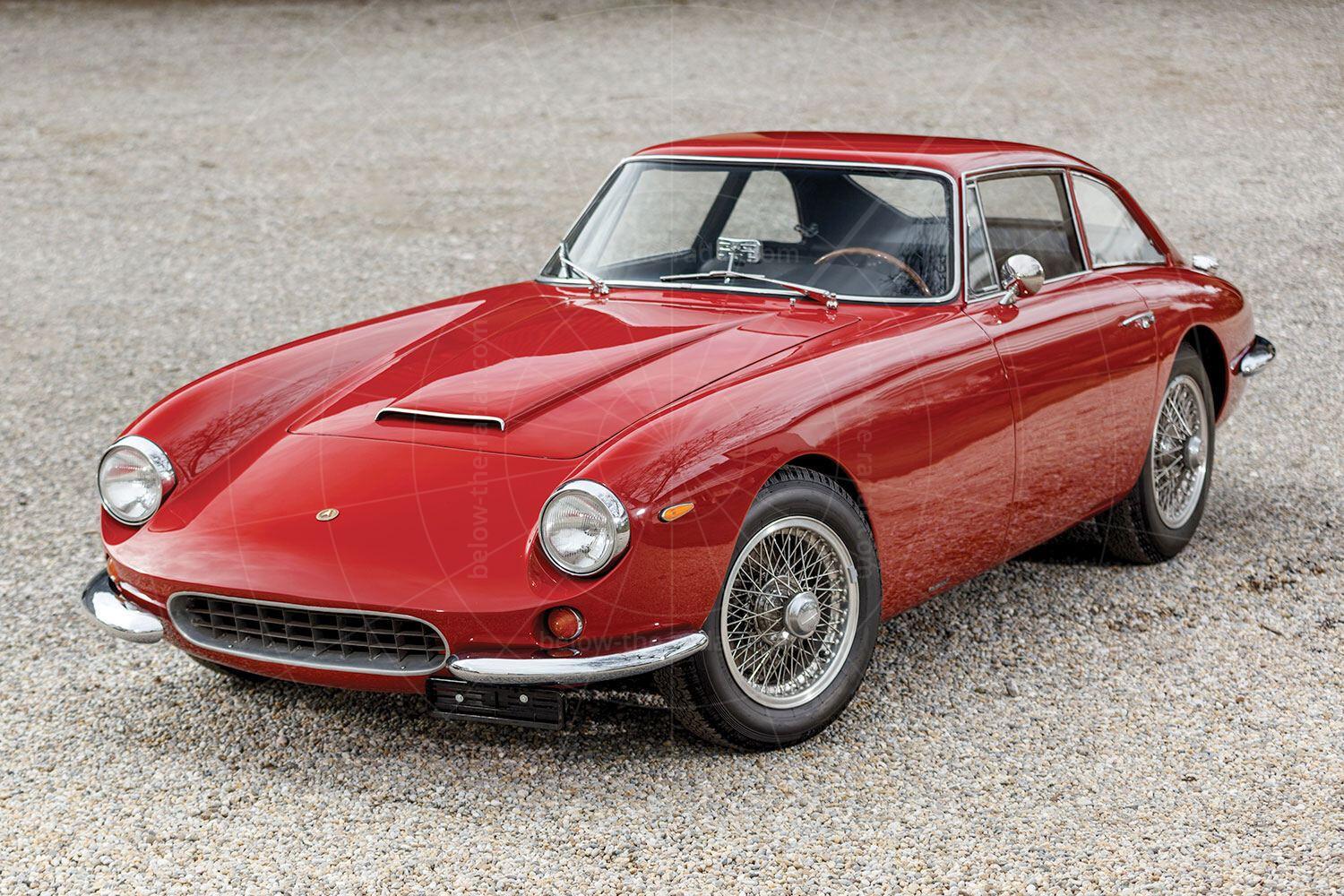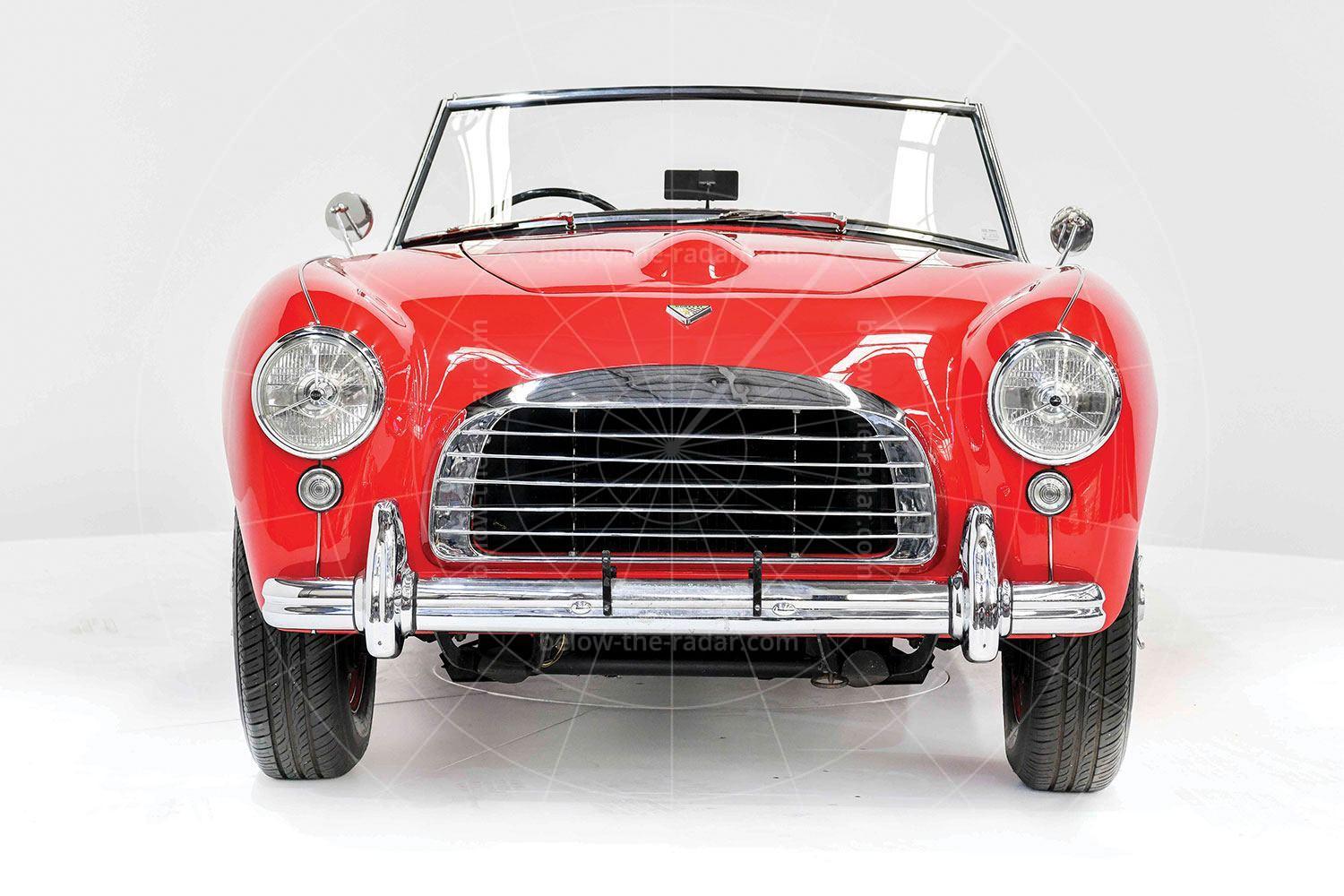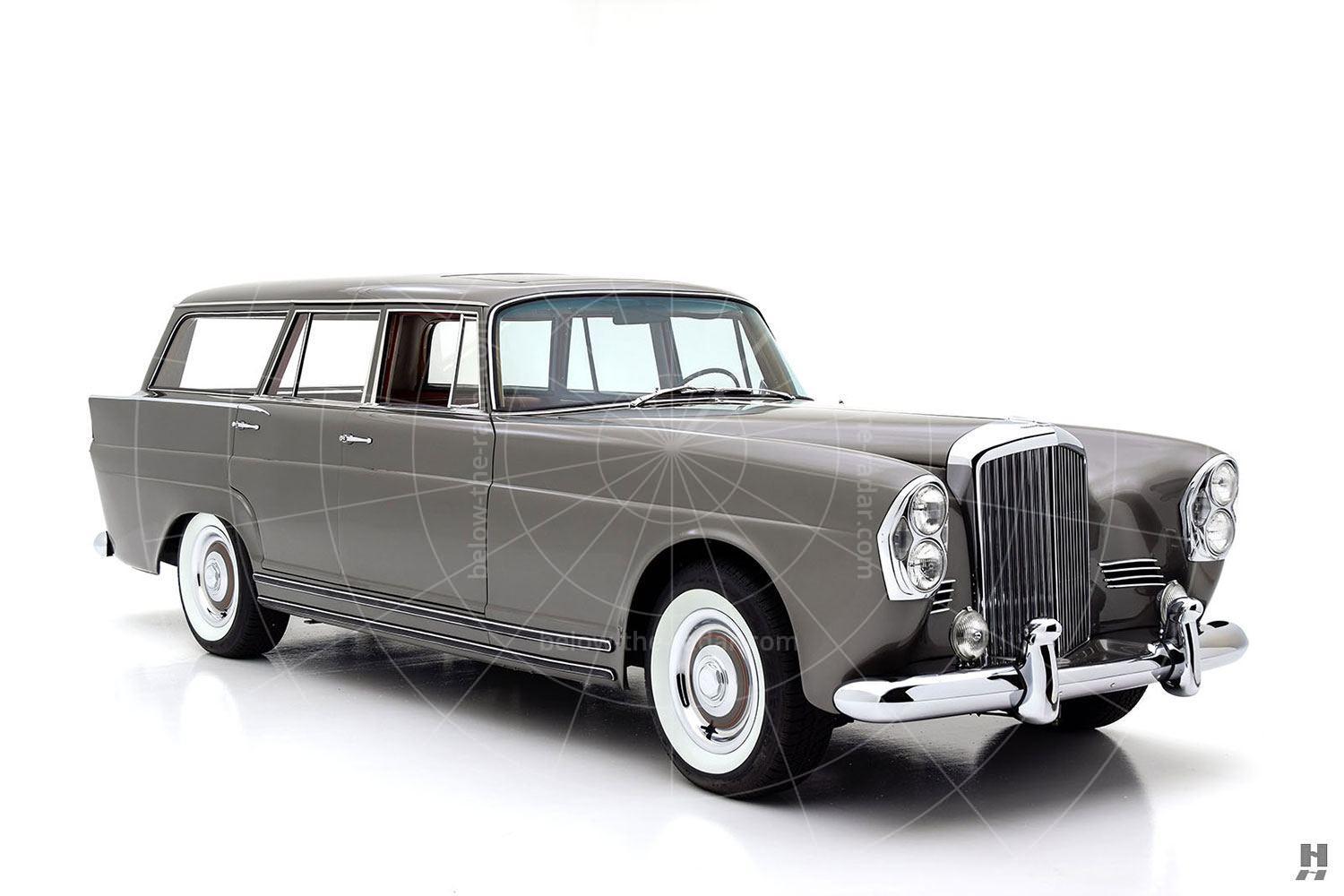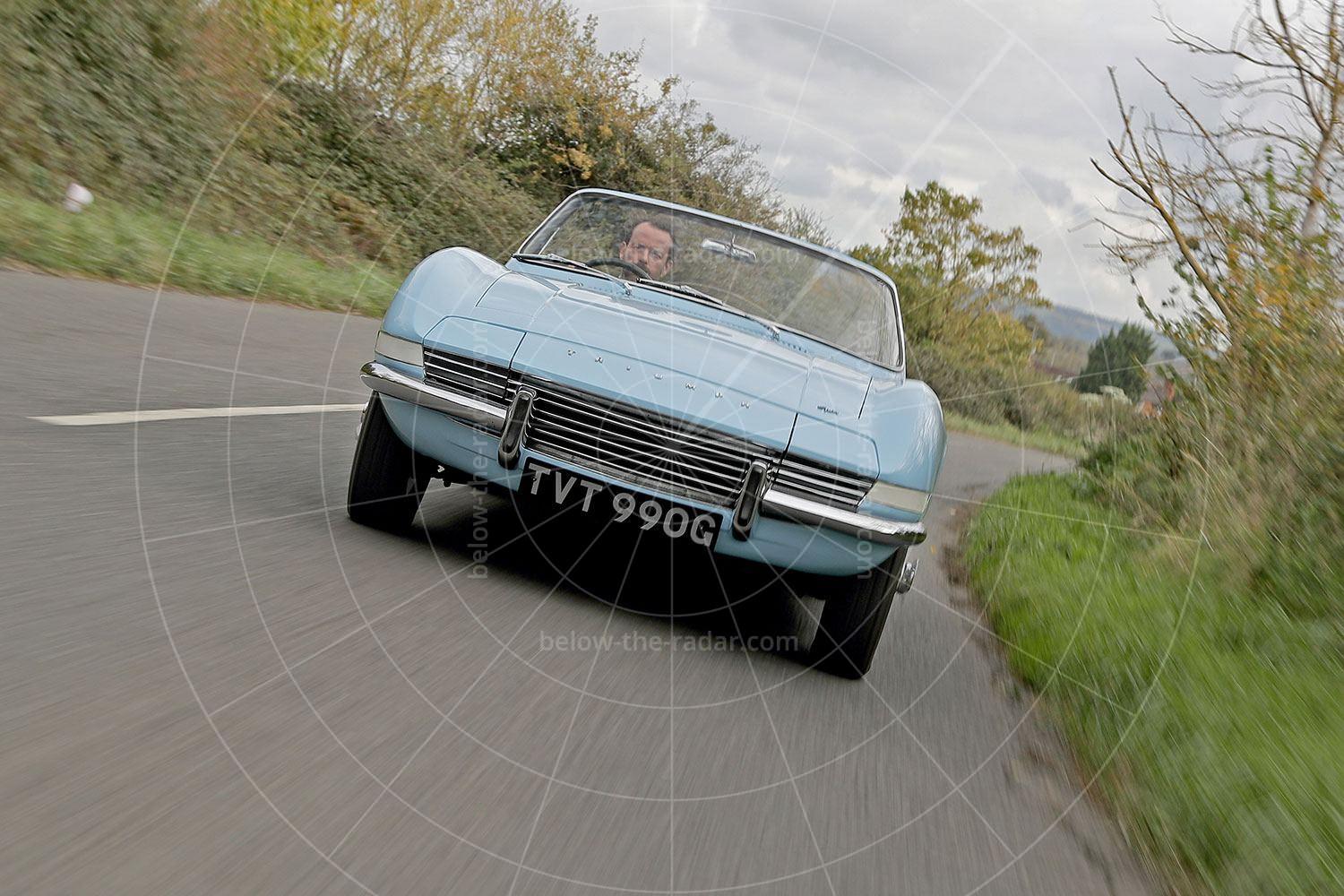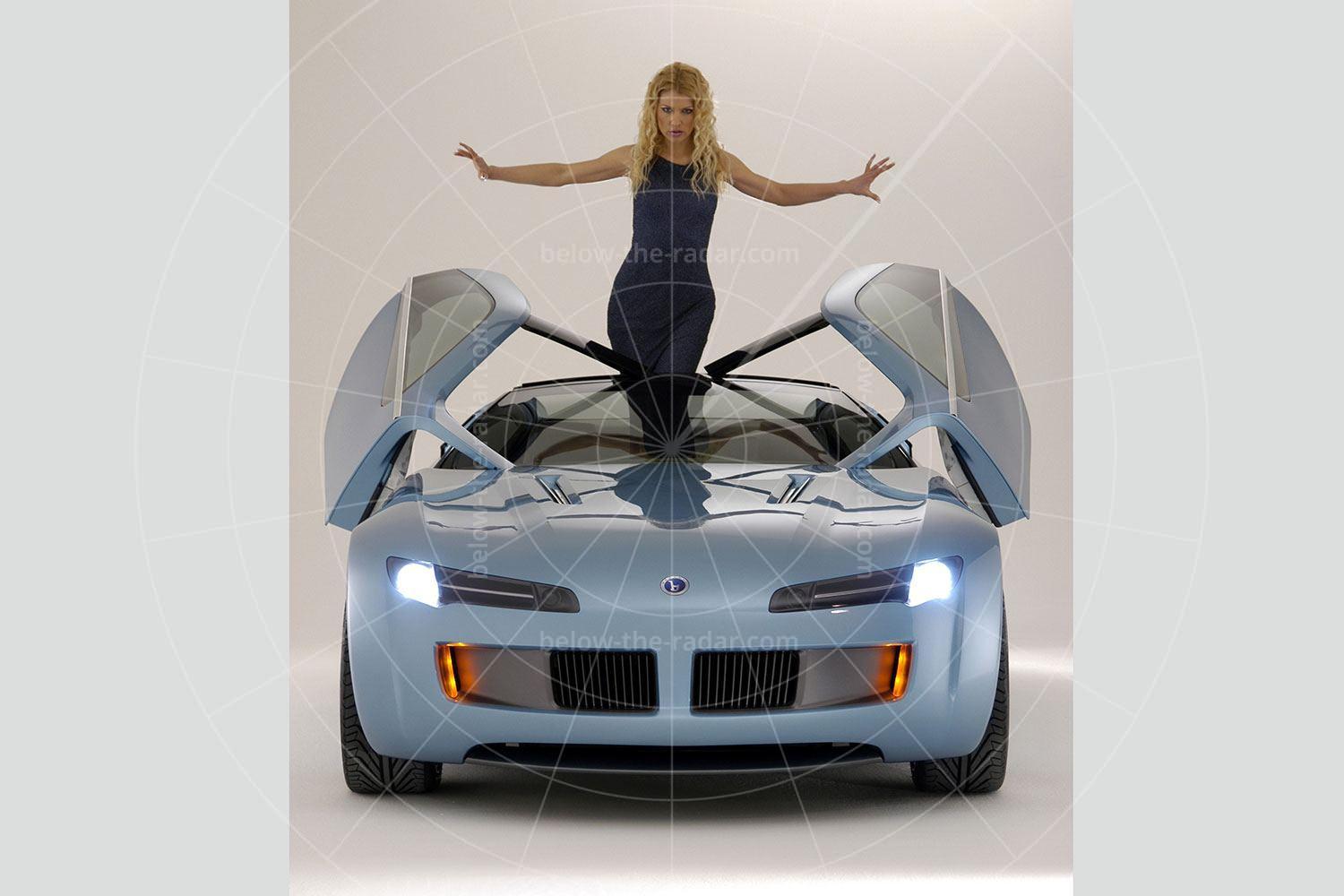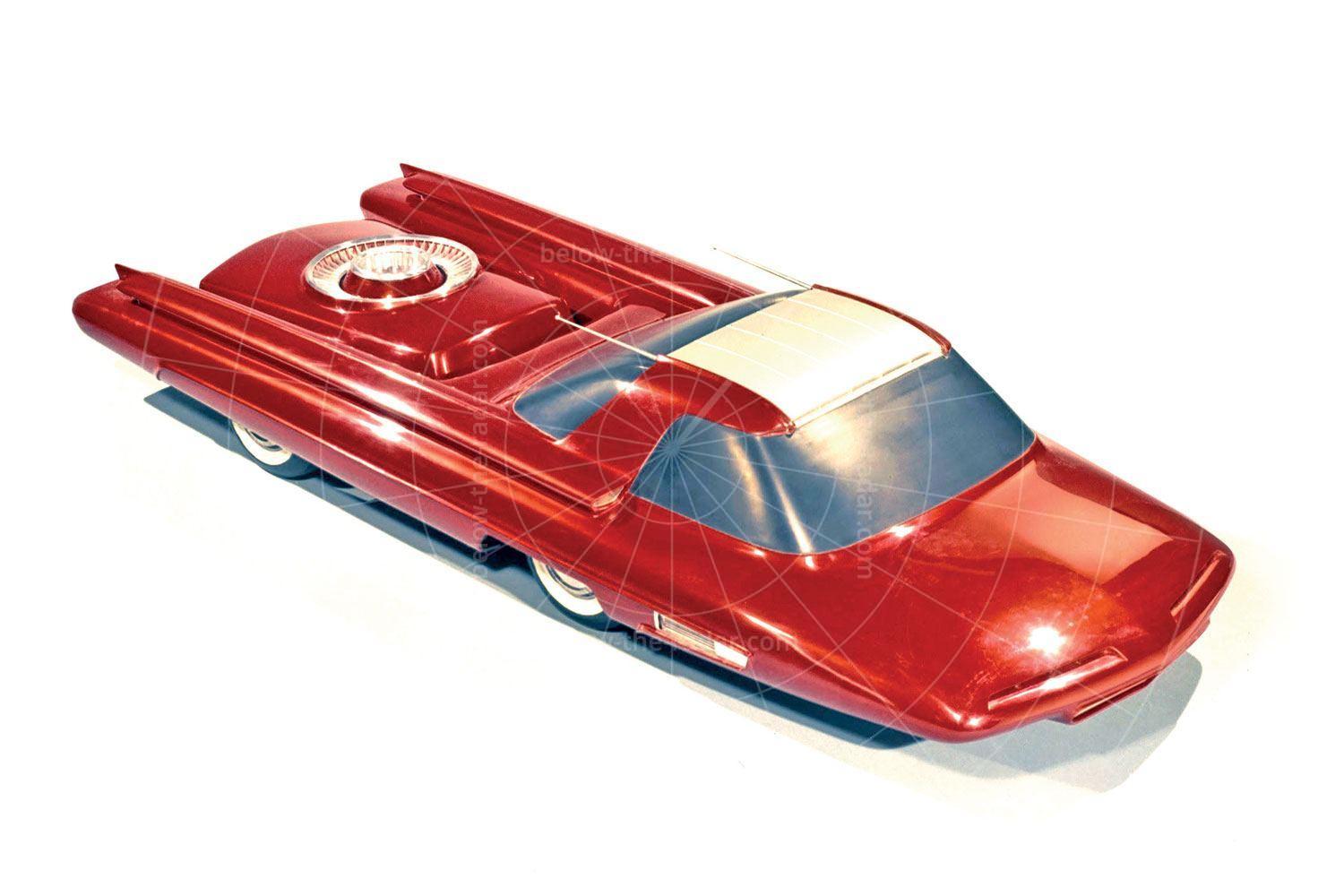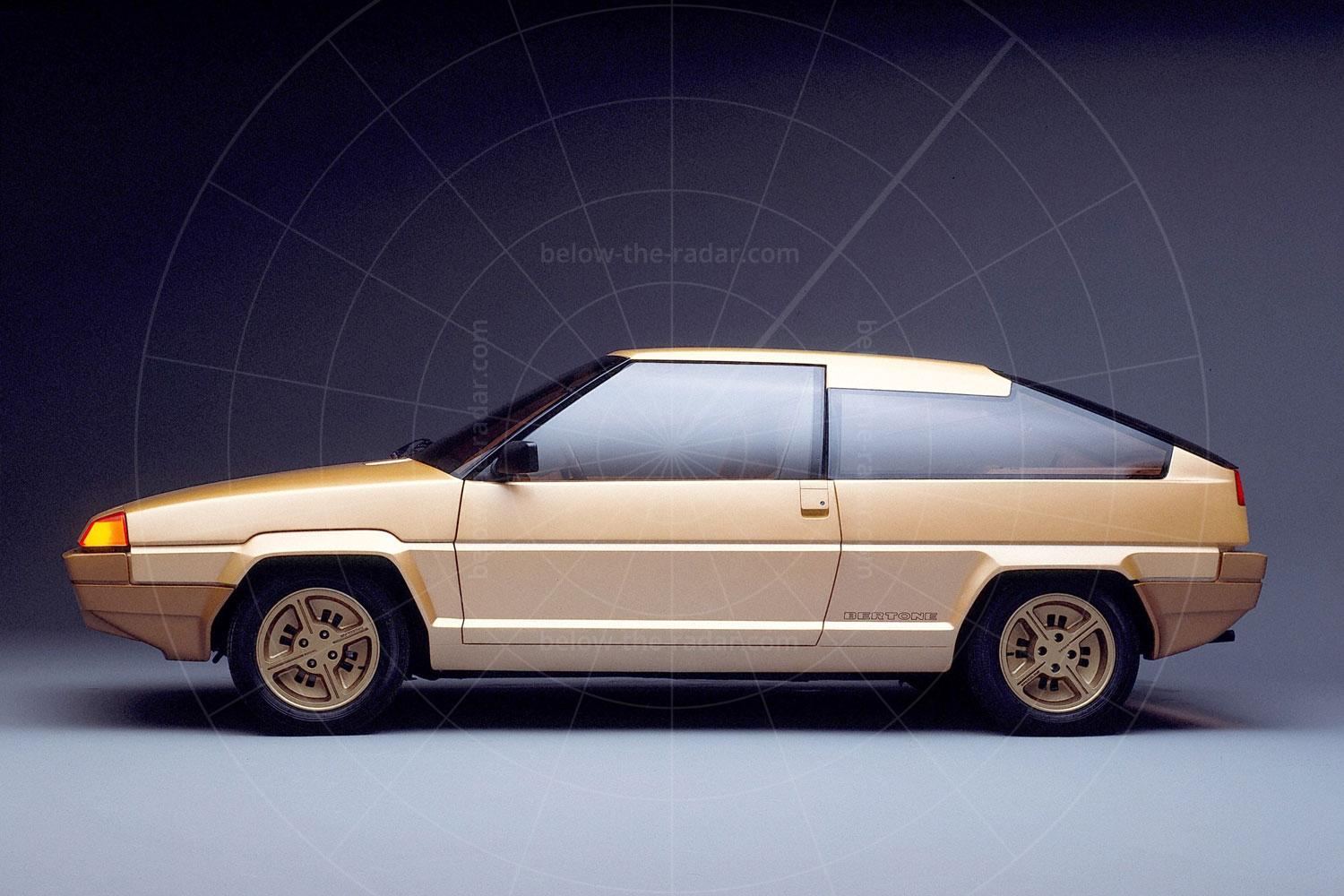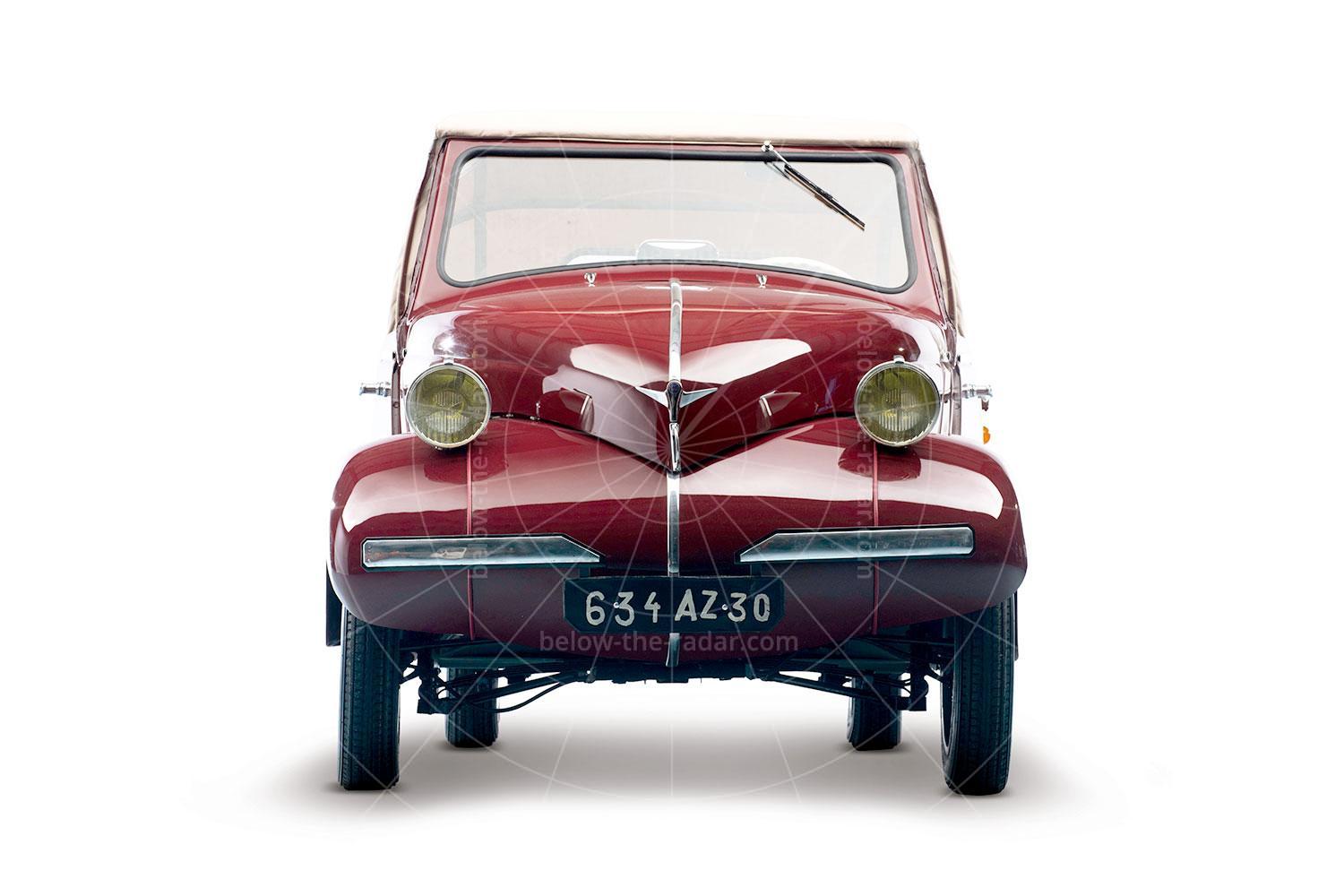In the early 1960s an aspiring young American engineer named Milt Brown dreamed of designing and building an American sports car to compete with the likes of Aston Martin, Maserati and Ferrari. But unlike many such young enthusiasts, Brown did something about it and created a great-looking GT that was properly resolved.
When Brown was aged just 13, in the early fifties, he bought his first car, a 1935 Chevrolet. By the age of 17 and still in high school, he built a Crosley Formula Junior racer which he then sold to fund a trip to Europe. Unfortunately Brown's budget calculations weren't very good and he ran out of cash while on the wrong side of the Atlantic, so he took a job with British racing car manufacturer Connaught.
While working for Connaught at the Monaco Grand Prix in 1961, Brown started talking to Frank Reisner, who in 1959 had set up a tuning company called Costruzione Automobili Intermeccanica (more usually known simply as Intermeccanica) in Turin. Brown explained to Reisner that he wanted to build his own luxury GT and Reisner jumped at the chance to make it happen.
Although Reisner was born in Hungary he was raised in Canada and educated in America, and while on holiday in Italy in 1959 he decided that this was where he wanted to settle, hence his decision to set up his new business there. The chance meeting between Brown and Reisner led to a deal being struck between the two, for Intermeccanica to build the bodyshells from hand-beaten steel sheet. These would then be shipped, painted and trimmed, to Oakland, California, where Brown had set up his own company, International Motor Cars. The mechanicals would then be fitted ready for the car to be despatched.
Buick had just launched its Special, powered by the 3.5-litre all-aluminium V8 that would later be bought by BMC to become the legendary Rover V8, an engine that would survive until 2006 with displacements of up to 5.0 litres. Brown knew that this was the engine that he wanted to power his new car as it was light, compact, powerful and affordable.
Putting his engineering skills to good use, Brown designed a tubular, coil-sprung chassis from scratch, while his friend Ron Plescia, a graduate of Pasadena’s elite Art Center College of Design, did the initial styling work for the body. Inspired by the best that Ferrari had to offer, Plescia's work was then refined by design genius Franco Scaglione who added rear quarter windows, reworked the tail to taper subtly, and shortened the nose to create a beautiful and balanced fastback coupé.
Plescia wasn't just drafted in to do the design however; he had formed a partnership with Brown to make the grand tourer a reality, while their friend Ned Davis also invested in the company, making the project a three-way partnership.
The first Apollo GT was delivered by ship from Italy to the docks in San Francisco in the summer of 1962, and by August of that year Brown was parading the car in front of potential investors in a bid to raise the capital to get the car into production. The aim was to raise $100,000 to fund production of a car that would sell for $7105, when the recently launched Jaguar E-Type was listed at $5500.
The Apollo GT prototype had plenty of shortcomings but Brown's team did its best to address them and by the time the first production car was ready in early 1963 things were looking good. At the time Sports Car Graphic wrote:
The Apollo GT was first built in prototype form and taken around to automotive experts for tests and constructive criticism. Sports Car Graphic was one of the latter and, in all fairness we had to blast several major points about the car, despite the fact that it basically had a lot of merit and interest. It went fast, had lots of interior room, a sexy interior, and was pretty solid. It is a credit to its designers that they gathered up all these critiques and made sure that corrections were made before the production run was started. As we write this, the first one off the line has arrived and a fast perusal by our Northern California reporter, Pete Biro, concluded that it's vastly improved over the prototype. Thus, it's a car that really bears watching.
With enough funding secured to get the Apollo GT into limited production, Reisner committed to building two cars per month and the coupé made its debut at the January 1963 Los Angeles Auto Show. Initial reaction from the press was extremely positive: “Workmanship is of the highest quality. Panels fit well, doors close with authority, and the interiors are comparable to cars costing twice that of the Apollo” declared Hot Rod magazine, while Science and Mechanics commented: "the Apollo handles as well or better than a 2+2 Ferrari, an Aston Martin DB4, or a Sting Ray Corvette".
Road & Track said:
During our testing, no less than eight full-throttle acceleration runs were made in the space of half an hour, reaching 110mph on several. To the car’s credit, the engine performed without a murmur, got nowhere near a dangerous temperature, maintained oil pressure and exhibited not a trace of clutch slippage. A lesson could be learned here by some of our noted 'sports car' manufacturers. And it can be serviced at any garage which has a capable mechanic, and parts for the running gear can be obtained at any Buick garage.
With things going so well, and with Brown knowing that he had secured a spot at the San Francisco Auto Show in autumn 1963, the decision was made to introduce a convertible version of the Apollo GT, called the Apollo Spider. Once again Franco Scaglione came up with the design and to make the Apollo even more appealing, a 250bhp Buick 4.9-litre V8 engine option was introduced.
With its greater displacement this bigger engine offered more power (250bhp compared with the 190bhp of the 3500GT), but it was also made of cast-iron which is why it carried a hefty 150lb (68kg) weight penalty, changing the driving characteristics of the car completely – and not for the better in the view of many who drove both cars.
By mid-1964 the knife-edge finances had caught up with Brown and International Motor Cars went bust. By now just 39 cars had been completed while there were four unfinished cars which were sold off to be completed by their owners. Meanwhile, to keep Frank Reisner on-side, Brown agreed to allow Intermeccanica to continue to sell Apollo GT bodyshells to a Texan company which sold the car as the Vetta Ventura. Of the 19 bodyshells shipped to Texas only 11 made their way on to the road; the other eight were then sold to Precision Motors which completed the cars and sold them on.
Just in case all of this isn't complicated enough, the assets of International Motor Cars were sold to Pasadena-based lawyer Robert Stevens who reintroduced the Apollo GT and ordered 24 bodyshells from Intermeccanica. Just 14 of these were completed though, with another six bought, assembled and sold independently by Stevens' foreman. That left four unfinished bodyshells which incredibly were left unclaimed at the docks in Los Angeles, where they remained until the 1980s when they were sold off and completed at last.
All told, just 88 examples of the 3500 GT, 5000 GT, Apollo Spyder, and Vetta Ventura were produced. Of these, 79 were coupés and there were nine Spiders, five of which are known to have survived; just one Spider featured the 3.5-litre V8, with all others getting the 4.9-litre unit.
When Frank Reisner died in 2001 the business transferred to his son Henry. Intermeccanica had already relocated to California in 1975 and then once more to Vancouver in Canada, where the company is still based. As its website shows, Intermeccanica now focuses on building Porsche 356 replicas, including an electric variation on the theme.
| Vital statistics | 3500GT |
|---|---|
| Produced | 1963-1965, Italy, US |
| Number built | 88 (of all types) |
| Engine | Front-mounted, 3528cc, V8 |
| Transmission | 4-speed manual, rear-wheel drive |
| Power | 190bhp at 5000rpm |
| Torque | 240lb ft at 3200rpm |
| Top speed | 130mph |
| 0-60mph | 8.4 seconds |
| Price | $7105 |
| Vital statistics | 5000GT: as 3500GT except: |
|---|---|
| Engine | Front-mounted, 4916cc, V8 |
| Power | 250bhp at 4800rpm |
| Torque | 335lb ft at 3000rpm |
| Top speed | 150mph |
| 0-60mph | 7.2 seconds |
- Many thanks to Hyman Ltd and RM Sotheby's for the use of their pictures to illustrate this article.

